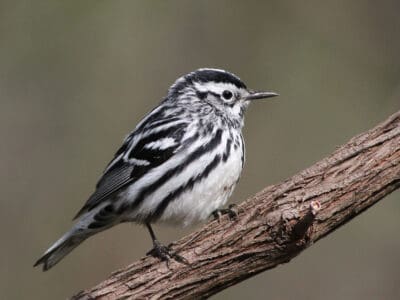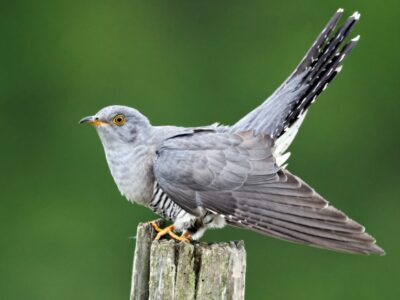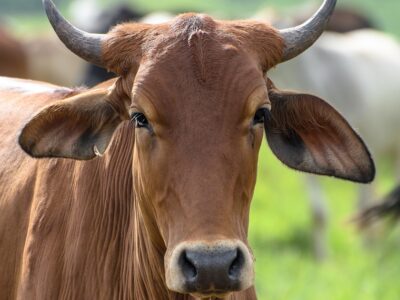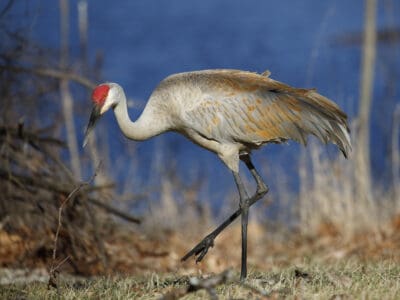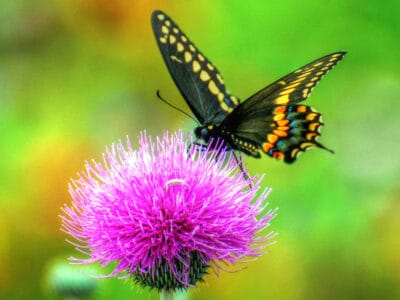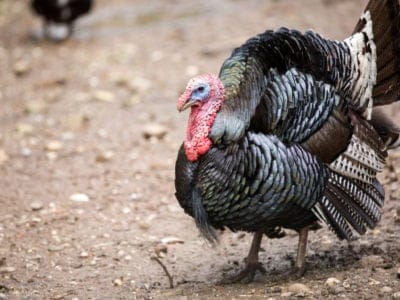Below you can find a complete list of Cuban animals. We currently track 240 animals in Cuba and are adding more every day!
Cuba is a subtropical island located in the northern Caribbean Ocean. The country is comprised of six major ecoregions, including humid forests, dry forests, pine forests, wetlands, cactus scrub, and mangrove forests. Thus, Cuba is full of diverse wildlife and, with 17,800 species, the country has more types of animals than any other in the Caribbean.
National Animal of Cuba
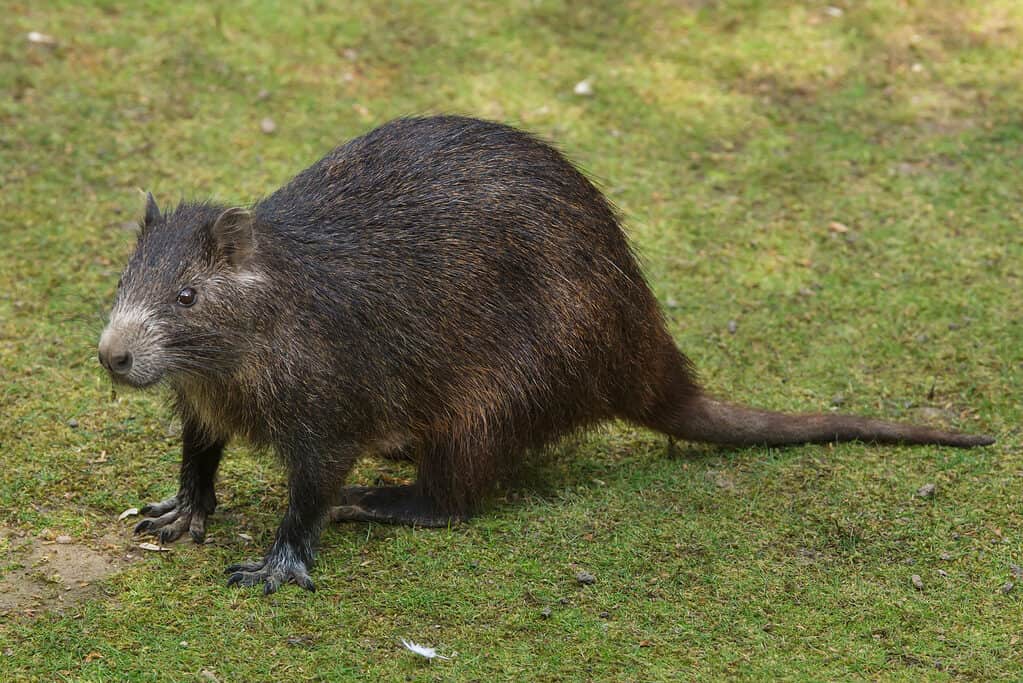
The Cuban hutia is capable of growing to two feet and is the largest member of its species
©iStock.com/wrangel
The national animal of Cuba is the Cuban hutia (Capromys pilorides). Also known as Desmarest’s hutia, this endemic animal is an omnivorous rodent, weighing up to 19 pounds and capable of growing to two feet.
It’s the largest living member of the hutia species and is recognizable by its tubby form and coarse brown or reddish fur and short slender tail. Although it prefers to live in areas where mangroves are plentiful, it is capable of living in a wide range of habitats, which allows it to be quite widespread in Cuba’s diverse ecoregions.
Additionally, the national bird of Cuba is the Cuban trogon or tocororo. The trogon, a native animal to Cuba, lives in both dry and humid forests. Coloration ranges from red, purple, blue, green, and white. The trogon grows to about 10 or 11 inches from beak to tail.
Where To Find The Top Wildlife
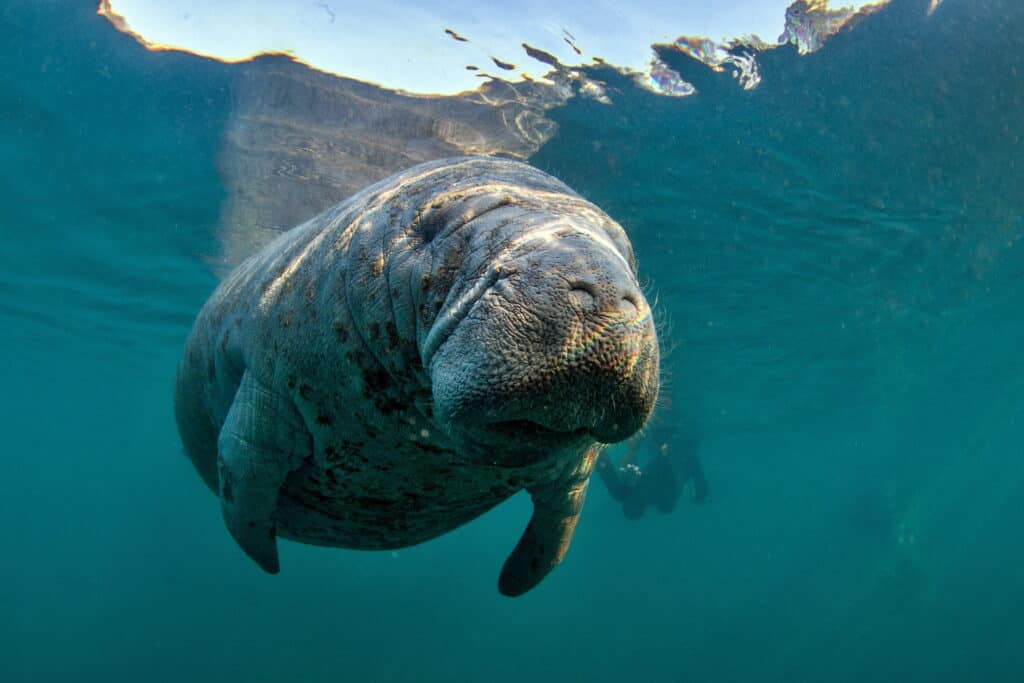
Antllean manatees can be spotted when snorkeling
©Tomas Kotouc/Shutterstock.com
Some of the most popular types of animals in Cuba include the hawksbill turtle, the Antillean manatee, the tiny bee hummingbird, the Cuban parakeet, the French angelfish, and the Cuban crocodile. Hawksbills are found throughout Cuban tropical waters, but they specifically go to Cayo Largo to lay eggs between April and September. The Antillean manatee is also found throughout Cuban waters and can be seen while snorkeling.
Endemic bird species such as the ones mentioned above can be found throughout Cuba, but a good place to see many of them is a rural area south of Najasa town. There are plenty of good snorkeling spots in Cuba such as Playa Pesquero. There, you can see many endemic fish species like the French angelfish. Zapata National Park is a major wetland area that houses the Cuban crocodile and many other species.
Native Cuban Animals
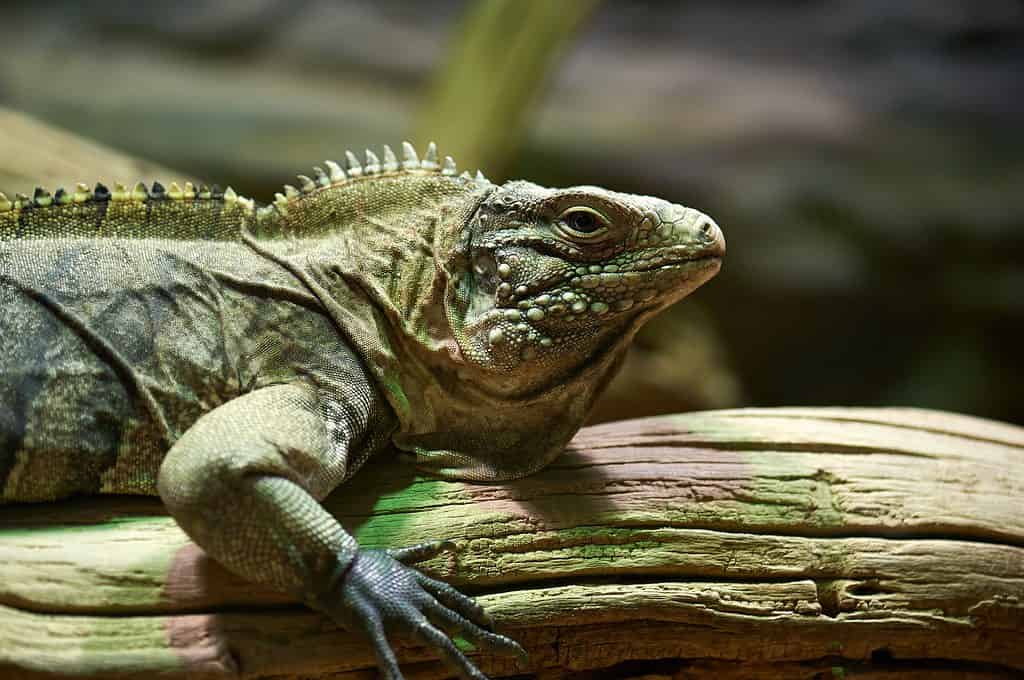
Cuban ground iguanas can also be found in Puerto Rico and the Cayman Islands
©Bohgan Zeleniuk/Shutterstock.com
Cuba is home to many types of wildlife, many of which are native to the country. Following are several examples:
- Cuban ground iguana: Also known as (Cyclura nubila), this large lizard which is capable of growing over 5 feet in length, can also be found in Puerto Rico and the Cayman Islands. It is also herbivorous and feeds on prickly pears.
- Cuban crocodile: Scientifically referred to as (Crocodylus rhombifer), this reptile is capable of reaching lengths of 11 feet and approaching 500 lbs in weight. The crocodile which is especially aggressive towards humans can be found at the Zapata Swamp and the Isla de la Juventud.
- Cuban grassquit: Also known as (Phonipara canora), this little bird has a black face, a bright yellow neck, and yellow-black wings, and a chest and stomach covered in brown feathers. It prefers to live in scrubland or tropical or subtropical forests.
- Cuban treefrog: Highly adaptable, this amphibian also known as Osteopilus septentrionalis is nocturnal by nature. It is also fond of gobbling up other amphibians as well. The tree frog which also secretes toxins on its skin is an invasive species in Florida.
- Cuban solenodon: A long-snouted rodent with brown fur this shrew-lookalike is endemic to Cuba. Also known as Atopogale cubana, it is nocturnal by nature and insectivorous. Its is also known to have venomous saliva which helps it during feeding.
Native Birds
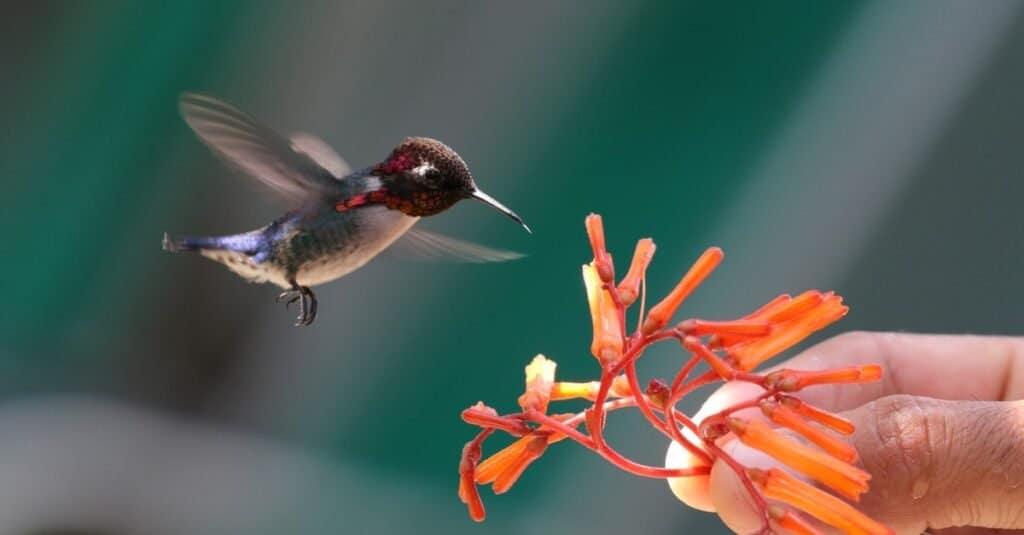
Bee hummingbirds are the world’s smallest hummingbird
©James Bloor Griffiths/Shutterstock.com
Along with the national bird, the trogon, there are countless unique avian species flying around or perched in the trees of Cuba. As a result of its convenient geographical location and size, Cuba is a hotspot for Neotropical migratory birds. Over 370 bird species have been seen on the island, out of which 27 are endemic. Some endemic species include:
- Cuban tody – eats 40% of its bodyweight
- Bee hummingbird – the world’s smallest bird!
- Zapata rail – critically endangered
- Zapata wren – one of the most sought after species to see in Cuba
- Cuban kite – critically endangered
Migratory birds pass through heading south but some remain in Cuba for the winter. Following are several examples.
- Black-throated warbler
- Northern parula
- Tennessee warblers
- Cape may
- American redstart
As for birdwatching location, La Guira Park is very popular, encompassing pine forests and semi-tropical forests. Caya Coco, surrounded by mangroves and famous for its incredible beaches, is home to over 200 avian species. Limestone ridges of Sierra de Najasa provide shelter and habitat for many bird species, such as hawks and parrots. Zapata National Park consists of swamp, scrubland, and salt flats, these diverse ecosystems are home to 18 endemic bird species along with other creatures such as crocodiles.
Native Fish
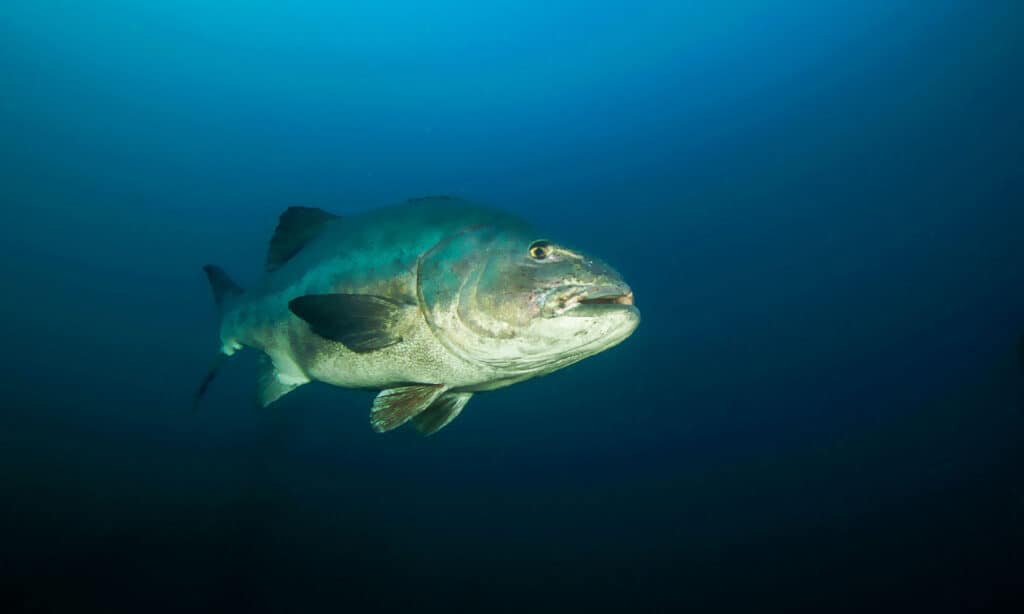
Sea Bass are just one of the many fish species found in Cuba’s waters
©iStock.com/KGrif
Surrounded on all sides by ocean along with inland rivers and lakes, Cuba is a popular destination for fishing of all kinds. Fly fishing, deep sea angling, half-bottom fishing – you name it – and Cuba has it. Rules and regulations are in place to protect species and prevent overfishing, an important fact to consider when traveling for any kind of game fishing or hunting.
Some of the best lakes for fishing include Leonero Lake, Redonda Lake, and Algodonal Lake. The lakes are largely occupied by largemouth and smallmouth bass, northern pike, walleye, and several other species, making for good freshwater fishing.
Jardines de la Reina is renowned worldwide for magnificent species caught here. However, the only modality allowed is Catch & Release, strictly enforced to preserve populations and the unique ecosystem off of the Caribbean shoreline. Exciting species found here include:
- Sea bass
- Bandit
- Red porgy
- Wimple piranha
- Grouper
- Wreckfish
The Hatiguanico River flows from a crystalline water spring and is refuge for many species such as manatees. A popular fishing destination, shad and sea bass are most often caught, while Cuban gar and other species also inhabit these waters.
On the northern shores of the country, the Guanahacabibes Peninsula has some of the most inhabited waters as a result of intensive preservation efforts by the government. Catch & Release technique is allowed, but other fishing is strongly prohibited. A variety of marine fish species are seen here such as grouper, lane snapper, sawfish, wahoo, tuna, and sailfish.
Some especially unique fish found in Cuba include:
- Lucifuga fish
- Goliath grouper
- Cuban killifish
- Biajaca
Native Snakes
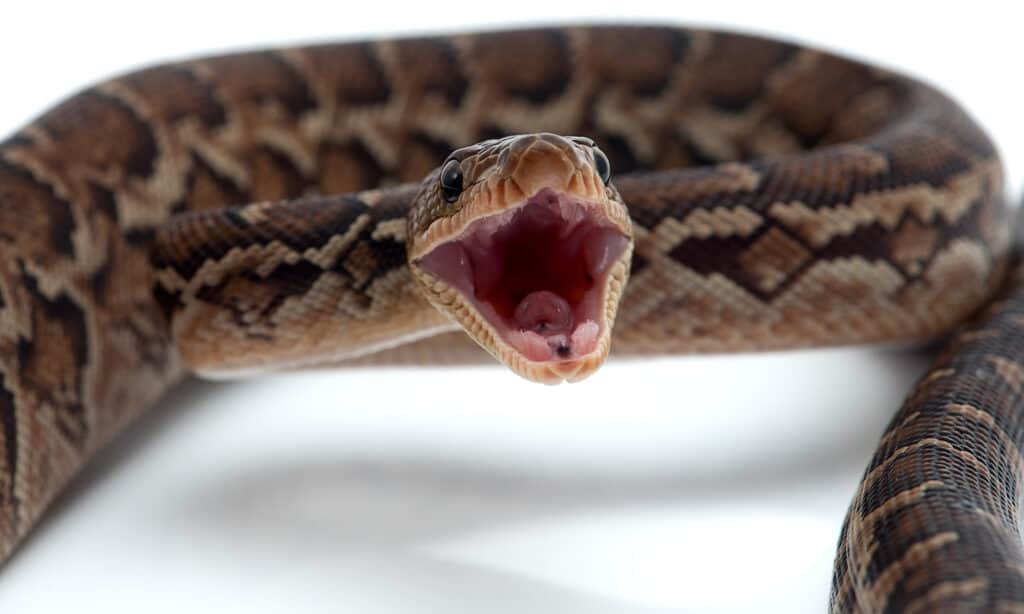
The Cuban boa is the largest species in its genus
©PetlinDmitry/Shutterstock.com
While Cuba is home to impressive marine life, colorful birds, and eccentric mammals, reptiles also inhabit the waters and lands of the island. Snakes are common to Cuba, and several species can be found there. One of the best-known snakes of Cuba is the Cuban boa, the largest species in its genus, reaching over 15 ft long. The Cuban boa is also thought to be the largest land predator on the island. Other snakes found in Cuba are:
- Cuban boa, Chilabothrus angulifer
- Cuban short-tailed racerlet, Arrhyton vittatum
- Cuban lesser racer, Caraiba andreae
- Cuban racer, Cubophis cantherigerus
- Cuban water snake, Tretanorhinus variabilis
- Canasi trope, Tropidophis celiae
- Cuban khaki trope, Tropidophis hendersoni
- Cuban dusky trope, Tropidophis fuscus
- Escambray white-necked trope, Tropidophis galacelidus
- Escambray small-headed trope, Tropidophis hardyi
While no species of snake found in Cuba is venomous, it is still important to seek professional medical attention if attacked or bitten by a snake, as allergic reactions or injuries may result.
The Most Dangerous Animals In Cuba Today
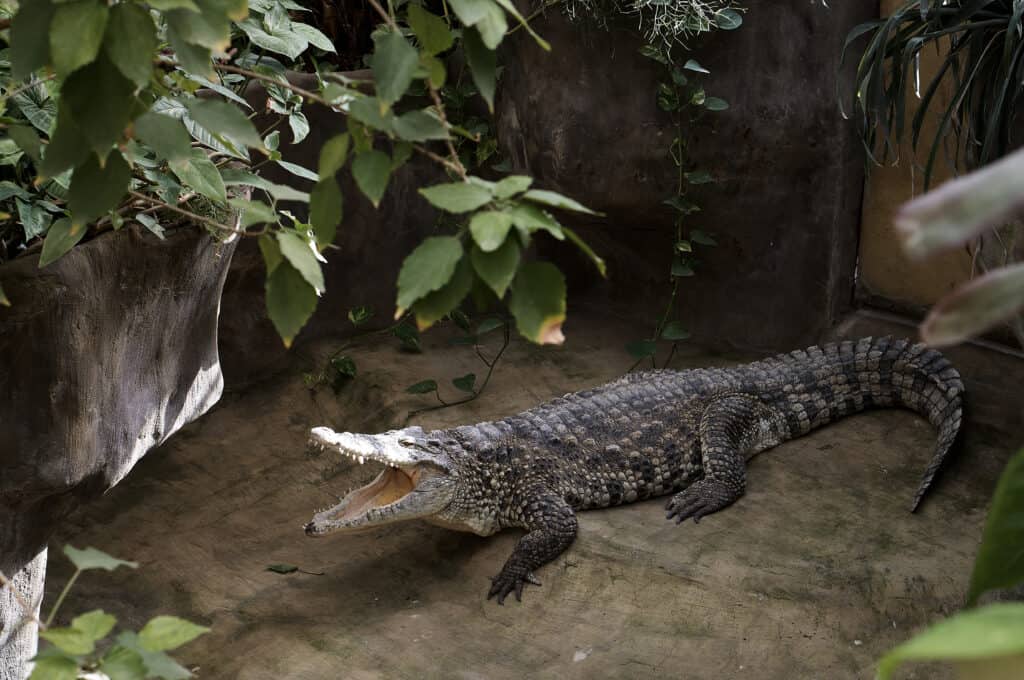
Cuban crocodiles are extremely aggressive to humans
©iStock.com/Oleh Tiuriakov
In general, there aren’t any truly dangerous wild animals in Cuba. The dangerous animals in Cuba are simply capable of delivering uncomfortable bites and stings. This includes Medusa jellyfish, mosquitos, scorpions, spiders, and lizards.
Sharks are present in Cuba’s waters, but they’re mostly active at night. There are no records of shark attacks on Cuban beaches. The Cuban crocodile is known for its extreme aggression towards humans however access to the areas in which they live is carefully monitored.
The American crocodile is also another fearsome predator which has been known to be rather indiscriminate in its choice of prey. Fortunately, there are no venomous snakes found on the island, lessening the chance of a fatal bite.
Famous Cuban Animals
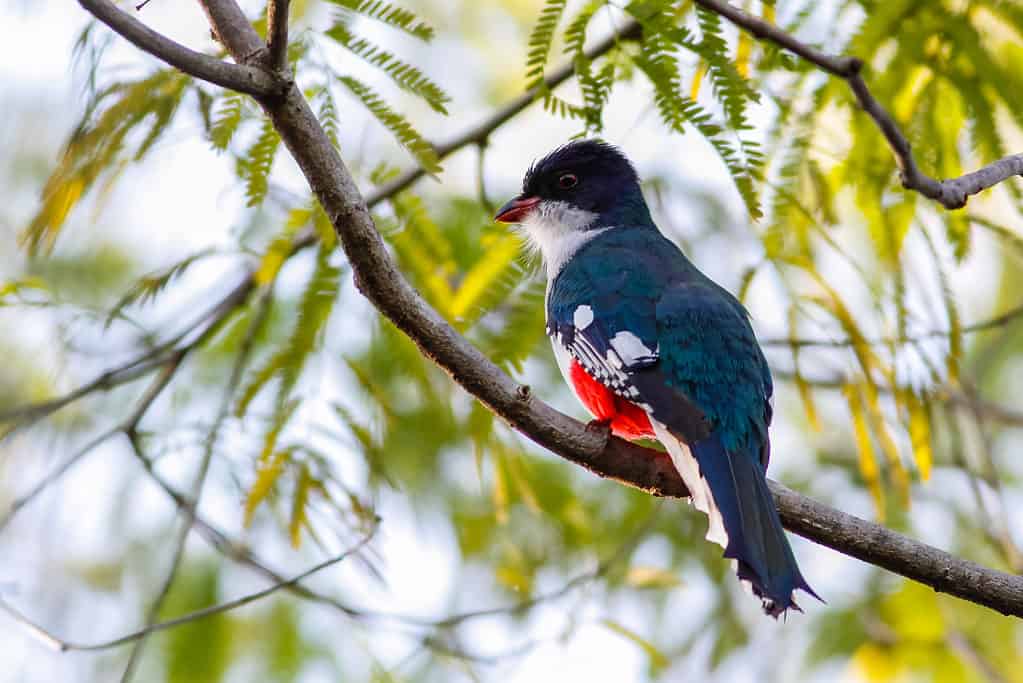
The color of the Cuban trogon or tocororo are reflected on the flag of Cuba
©Elliotte Rusty Harold/Shutterstock.com
Cuba’s natural biodiversity means that there are a lot of endemic animals in Cuba, meaning they are only found in Cuba, making them famous. The list includes the following:
- Tocororo: Also known as the Cuban trogon (Priotelus temnurus) and Cuba’s national bird, this avian is somewhat gregarious preferring the company of another member of its species, or even two or . Its plumage reflects the colors of the nation’s flag and it is also admired for its beautiful song.
- Cuban hutia: The largest hutia in existence, this rodent has seen its fortunes change from being a food source to becoming a national symbol backed by state protection. Unfortunately, it is also considered something of a nuisance as it is not above helping itself to cultivated crops.
- Bee hummingbird (the world’s smallest bird): The smallest known bird in the world (females measure 6cm while males measure 5.5 cm), the bee hummingbird is known for its shimmering feathers in sapphire and turquoise. It is also skilled at flight, an essential quality for enabling it to feed effectively.
- Almiqui: Known as the Cuban solenodon, it is especially noticeable for its shrew-like appearance. This species as well as its Hispanolan cousin are the only existing solenodon.
Cuba is also very proud of its famous native dog the Havanese. The Havanese is very popular all over the world for its affectionate and playful personality, and cute small size.
Strange Animals
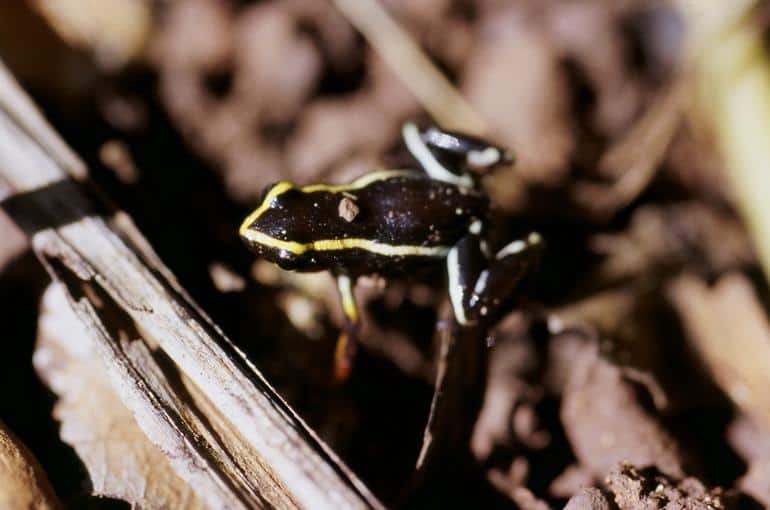
The Monte Iberia eleuth frog can only be found in eastern Cuba
Cuba can claim a number of strange wild animals as well. Top of the list is the Cuban solenodon. This is an endangered animal described as a living fossil. It looks like a shrew, and it has venomous saliva that it injects into its prey with its teeth. The strange shrew was last spotted in 2003, however, recent research suggests that there’s evidence that the animal still exists in Cuba.
Another strange animal species in Cuba is the Monte Iberia dwarf eleuth frog. It’s the third smallest of all frogs and is only found in two small parts of eastern Cuba. It’s considered critically endangered due to a loss of habitat. This frog is about the size of a fingernail.
Mammals
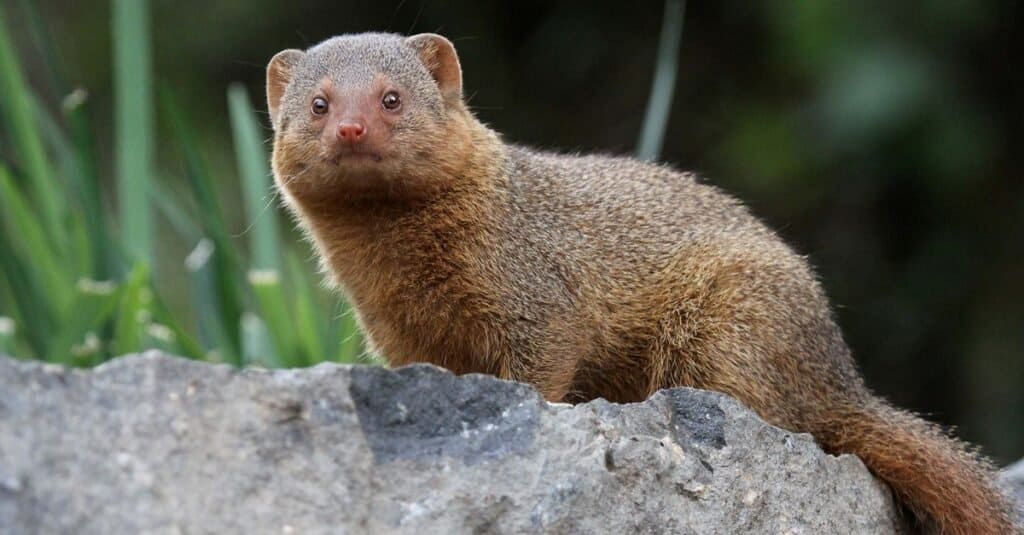
Indian mongooses are not native to Cuba but have become an invasive species
©steve bushman/Shutterstock.com
Cuba doesn’t have a lot of large mammals or a lot of predators that are mammals. Many of the top animal species in Cuba are birds, reptiles, or fish. Some of the most well-known mammals in Cuba include the manatee, the Cuban hutia, the butterfly bat, the Indian mongoose, and the primitive Cuban solenodon.
The Indian mongoose is not actually native to Cuba, but an invasive species. It was introduced to the island to cut down rat populations. However, it has almost no natural predators, so its numbers have gotten somewhat out of control.
Endangered Animals
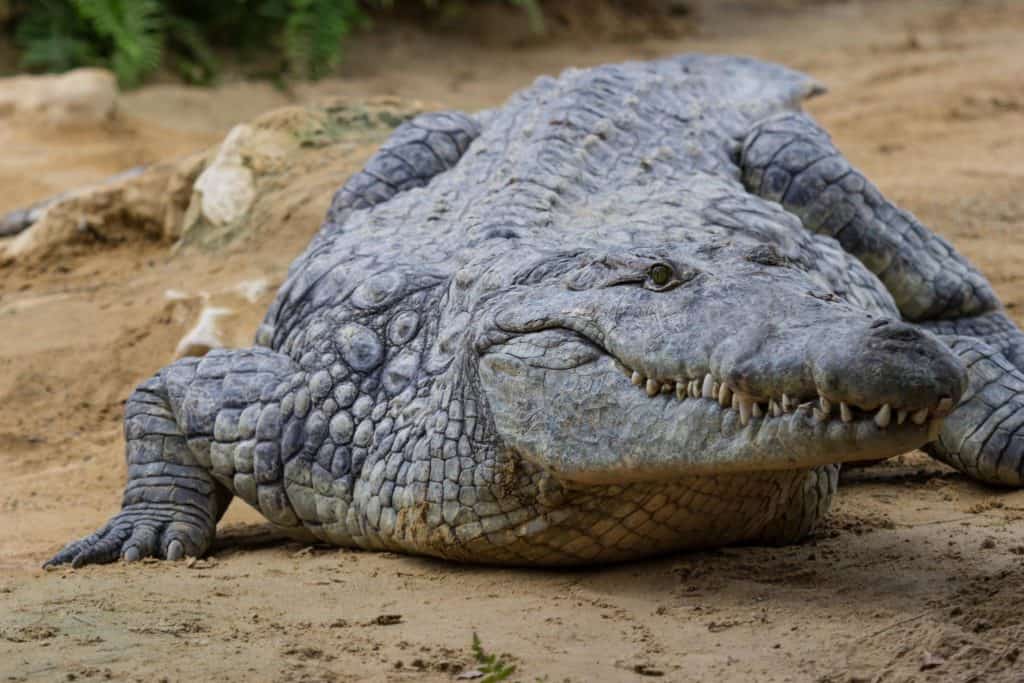
Cuban crocodiles are smaller yet more aggressive than their American cousins
There are a number of endangered animals in Cuba. Common threats to native animals of Cuba include invasive species, hunting from humans, and loss of habitat from human expansion. Some notable endangered animals species in Cuba include:
- Bahama swallow: The avian also known as Tachycineta cyaneoviridis is known to breed in Northern Bahamas, winter in the eastern part of the archipelago, and spend the rest of its time visiting Florida and even further south.
- Baracoa dwarf frog: Also known as the Oriental robber frog, Baracoa dwarf frog, or Eleutherodactylus orientalis, this tiny amphibian is a beautiful metallic yellow liberally streaked with black. It is endemic to the eastern part of Cuba and can grow to slightly over half an inch.
- Cuban solenodon: This shrew-like creature has the distinction of belonging to that unique selection of venomous mammals. It was believed extinct in half a century ago, but was discovered shortly afterwards. Only this species and the Hispaniolan solenodon are the only existing solenodon.
- Bee hummingbird: Endemic to Cuba and known for their beautiful plumage, eggs the size of a coffee bean, this avian is also the world’s smallest bird.
- Cuban crocodile: Smaller and more aggressive compared to the American crocodile, its range has shrunk to the Zapata swamps and la Isla de Juventud.
The Largest Animal in Cuba
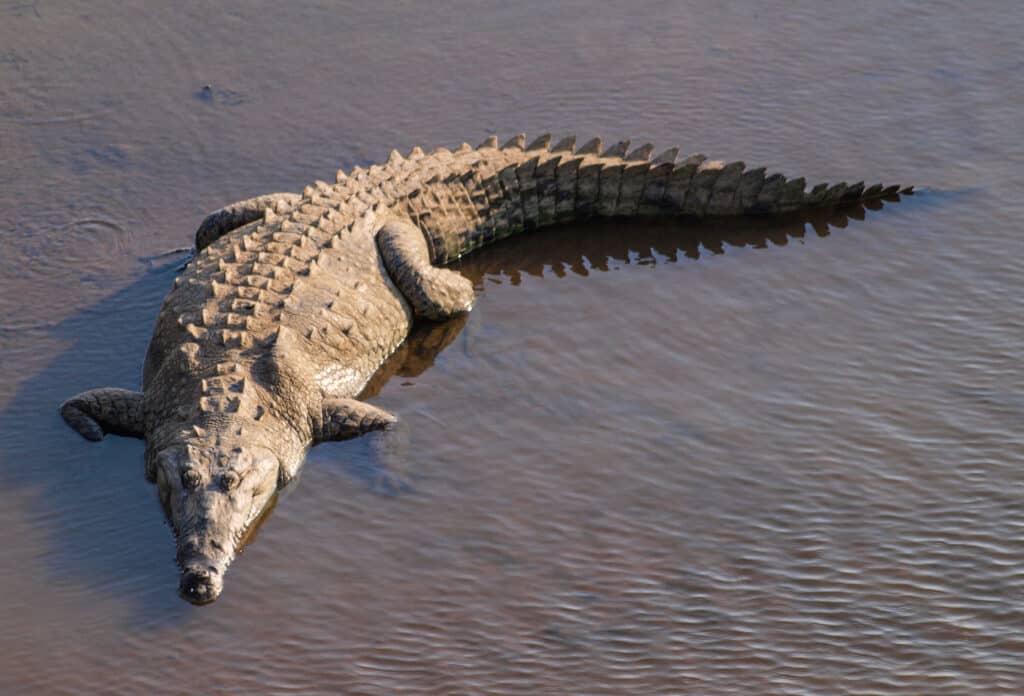
American crocodiles can be found in Cuba’s Zapata Swamp and La Isla de Juventud
©iStock.com/CStorz
The American crocodile (Crocodylus acutus) is Cuba’s largest animal and is capable of tipping the scales at 2,000 lbs and reaching 20 feet in length. In contrast, fellow crocodilian the Cuban crocodile is capable of reaching 474 lbs and 11 feet, a lightweight in comparison.
Located in the Zapata Swamp and Cuba’s southern isle, La Isla de Juventud, these reptiles are particularly fond of salty water, compared to their smaller Cuban cousins which thrive in freshwater.
Between 3,000 – 6,000 of these apex predators currently call Cuba home. The Cayman population is believed to consist of Cuba’s population of American crocodiles which have swum over to new environs. A decision which is likely to increase the population of the former at the expense of the latter which is already vulnerable.
The Rarest Animal in Cuba
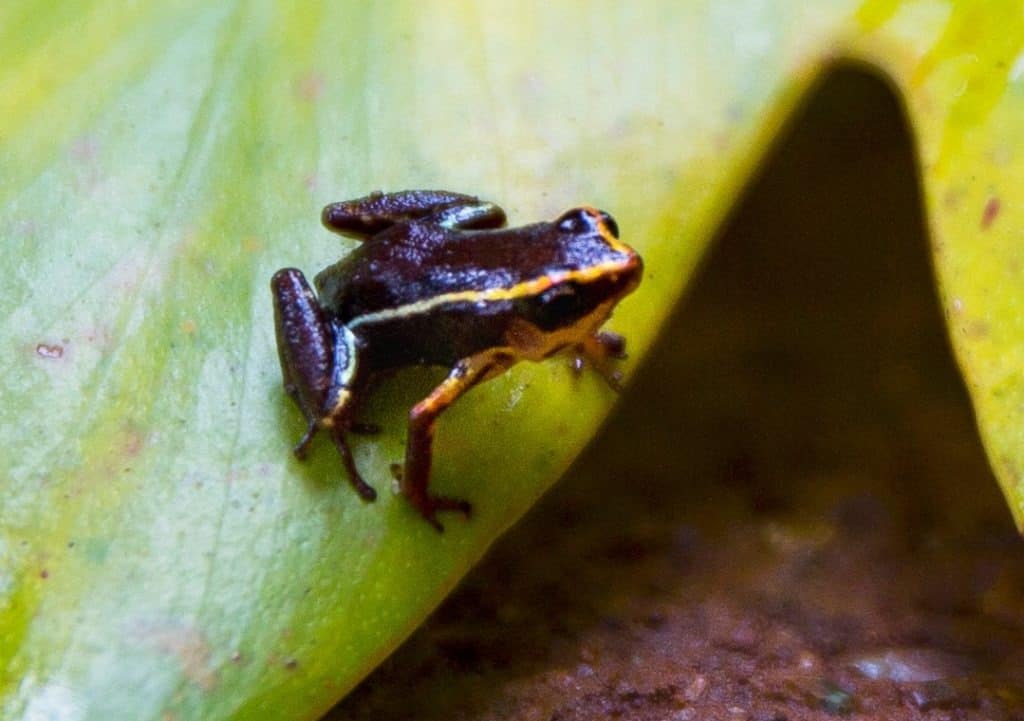
The Monte Iberia eleuth is the third smallest frog in the world
©Haico Stegink/Shutterstock.com
One of the rarest animals in Cuba is the Monte Iberia eleuth (Eleutherodactylus iberia). This amphibian’s claim to fame is its position of third smallest frog on the globe. Capable of measuring less than half an inch in length, it was first spotted two decades ago in Holguin, Cuba.
The tiny frog which is more commonly known as the Monte Iberia dwarf frog, is a dark color with lighter stripes which run along its body.
Both genders exhibit parental care protecting the offspring born from a single egg. The species which has shown a preference for rainforests with waterlogged soil lives near Nibujon and at the very top of the Monte Iberia elevation. Scientists are rightfully concerned since the well-being of this insectivorous amphibian has been especially threatened in the former location.
Zoos in Cuba
Cuba has a number of zoos and aquariums, including the National Zoo of Cuba located in Havana. Opened in 1939, this zoo is the oldest in Cuba. Monkeys are the main attraction of the National Zoo of Cuba; however, there are multitudes of species on exhibit here. Other zoos and aquariums include the following:
- Delfinario (Dolphinarium) – Open since 1984 in Punta Hicacos Nature Park; Offers four daily dolphin shows
- Delfinario de Cienfuegos – Popular tourist attraction for swimming with dolphins and dolphin shows
- Delfinario Cayo Naranjo – Located in Bahia de Naranjo Nature Park, only accessible by boat; semi-natural enclosures for marine mammals, like dolphins, to interact with other marine creatures
- Aquarium Baconao – Santiago de Cuba; also allows swimming with dolphins and is home to unique marine and freshwater species; educational room for historical significance of species and waters
Cuban Flag
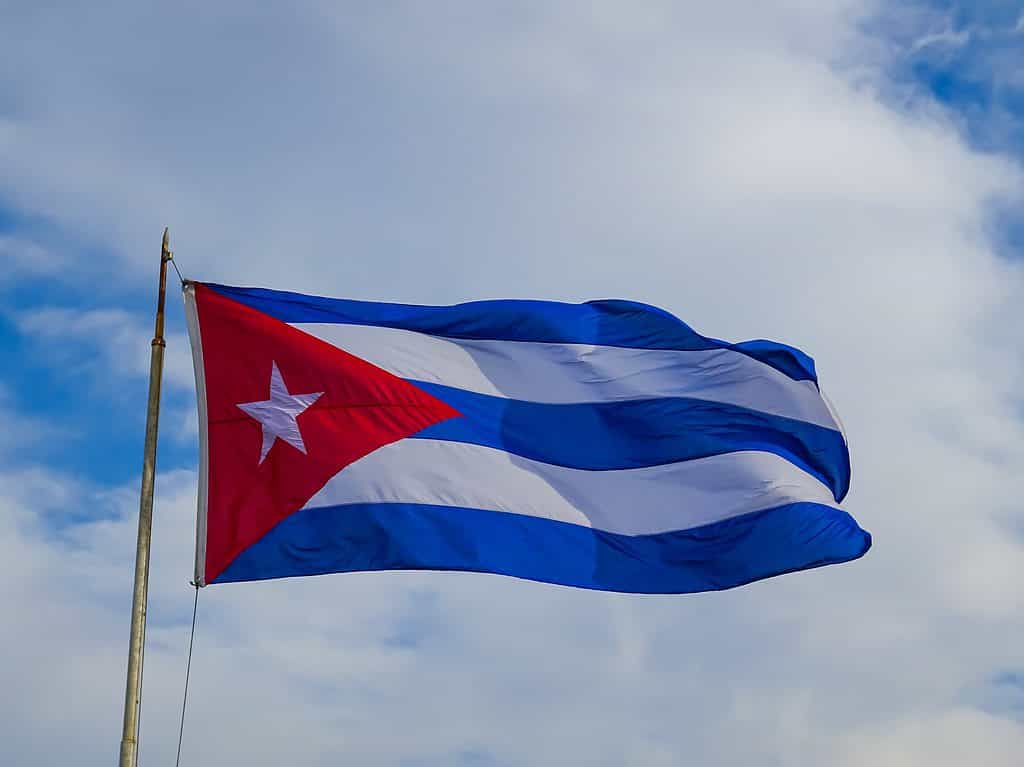
The Cuban flag’s horizontal stripes represent Cuba
©Giongi63/Shutterstock.com
Cuba’s flag was adopted in May 1902, over five decades after it was designed in 1849. It is known as the Estrella Solitaria, or “Lone Star”. Cuba’s flag features three blue horizontal stripes, which represent the three past districts of Cuba: Occidental, Oriental, and Central.
White horizontal stripes separate the blue bands, with the white color standing for patriotism. The red triangle, which is a Masonic symbol for equality and brotherhood, also represents blood lost by those who fought for the country. Lastly, the white star in the center of the triangle depicts freedom.
Cuban Animals
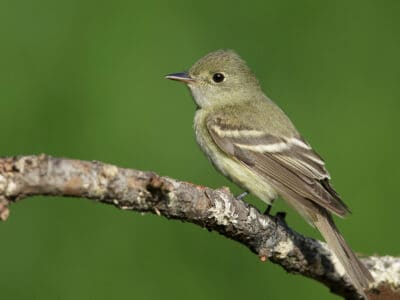
Acadian Flycatcher
Their nests are sloppily held together and have an abandoned appearance
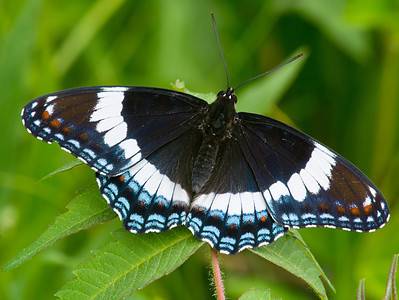
Admiral Butterfly
Stunningly beautiful wings
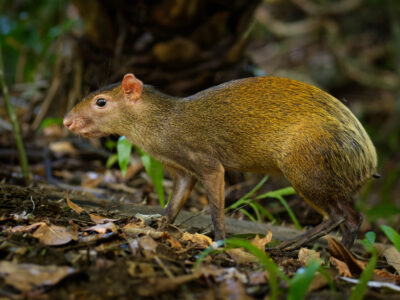
Agouti
The agouti is one of the only animals that can crack open Brazil nut pods!
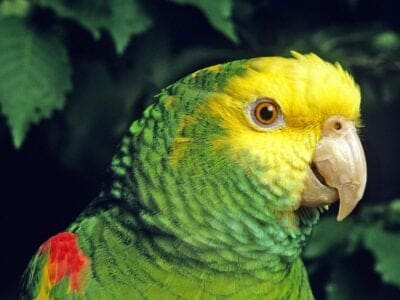
Amazon Parrot
These parrots can be trained to be "talking birds" that mimic human speech
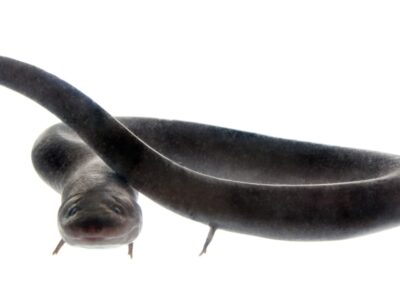
American Eel
Don't eat raw eel! Their blood is poisonous to humans when consumed raw.
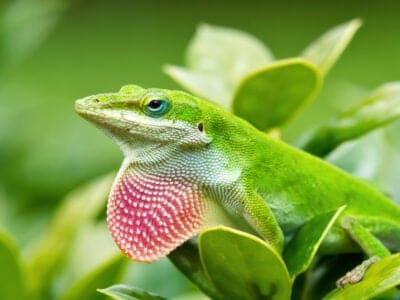
Anole Lizard
There are just under 400 species, several of which change color.
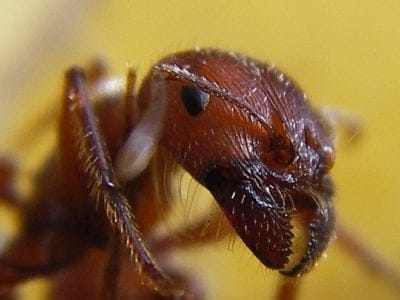
Ant
First evolved 100 million years ago!
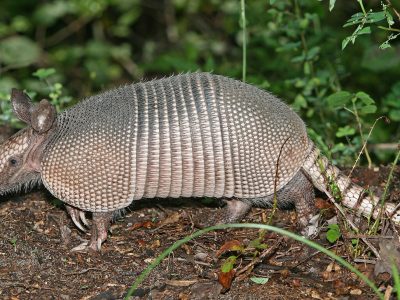
Armadillo
Can curl into a hard, protective ball!
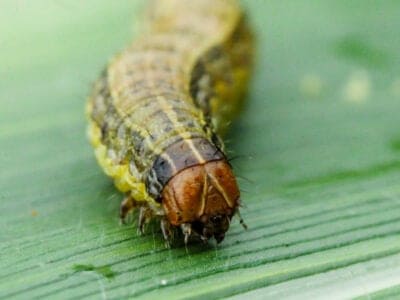
Armyworm
They are so named because they "march" in armies of worms from one crop to another in search of food
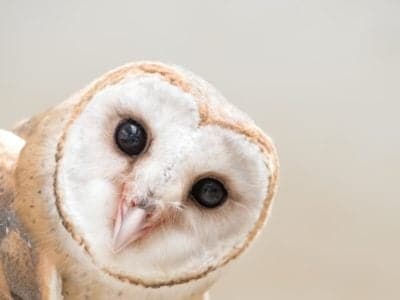
Barn Owl
Found everywhere around the world!
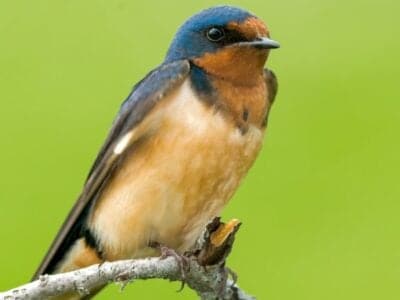
Barn Swallow
Older offspring help care for new hatchlings.
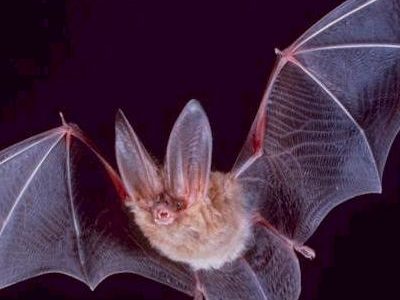
Bat
Detects prey using echolocation!
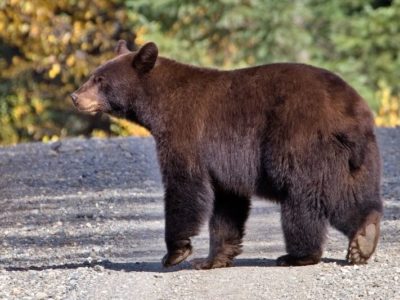
Bear
There are 8 different species!
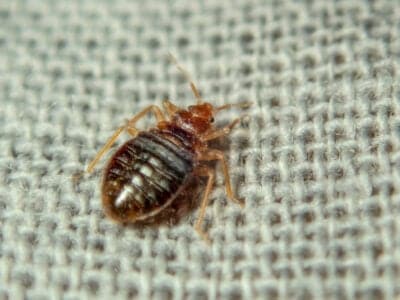
Bed Bugs
Bed bugs feed for 4-12 minutes.
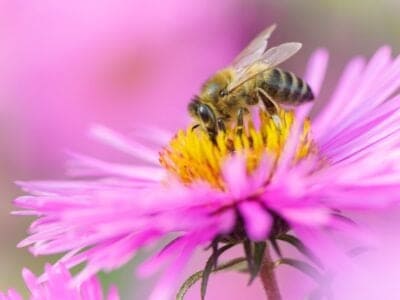
Bee
Rock paintings of bees date back 15,000 years
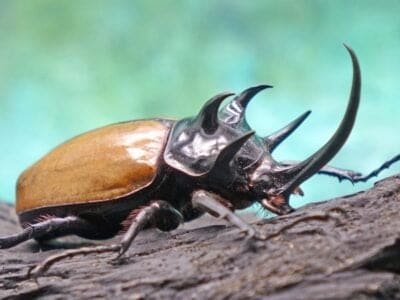
Beetle
There are more than 350,000 different species
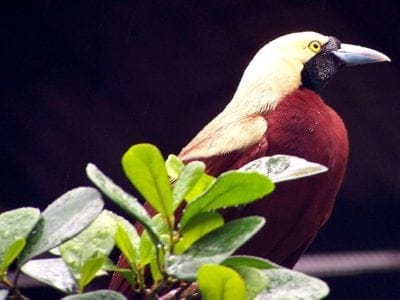
Bird
Not all birds are able to fly!
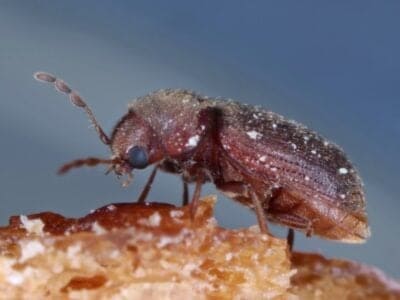
Biscuit Beetle
The biscuit beetle form a symbiotic relationship with yeast
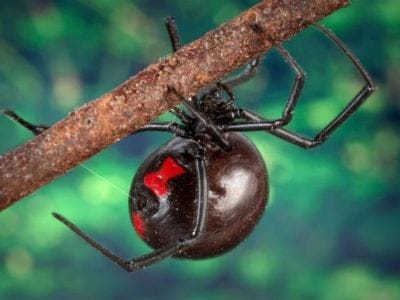
Black Widow Spider
They typically prey on insects!
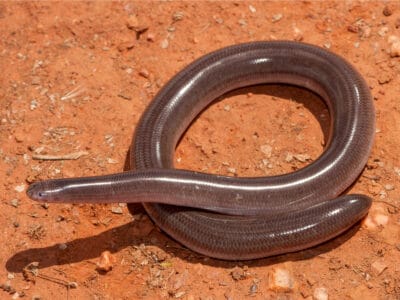
Blind Snake
The blind snake is often mistaken for a worm.
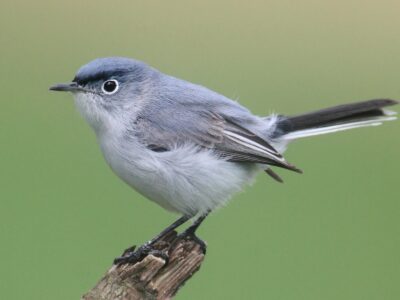
Blue Gray Gnatcatcher
Joy and happiness are the spiritual meaning of this bird.
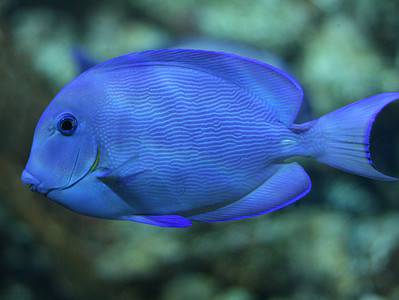
Blue Tang
One of the most colorful members of the genus Acanthurus
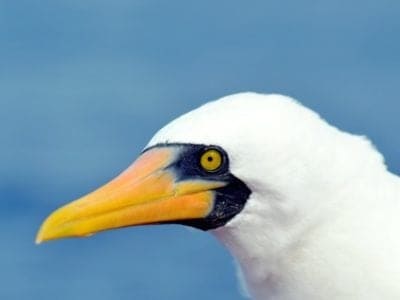
Booby
Seabirds found across the South Pacific!
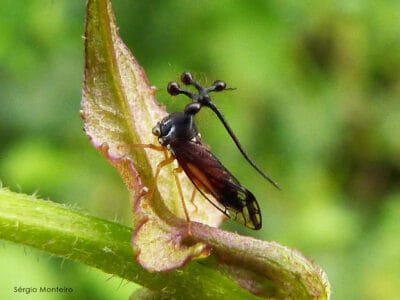
Brazilian Treehopper
“Mild-Mannered Minimonsters”
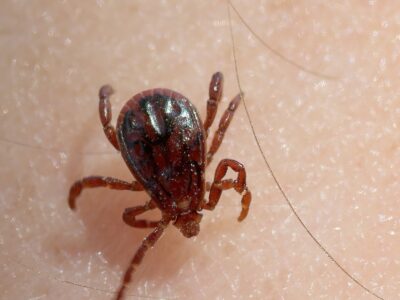
Brown Dog Tick
Can live its entire life indoors
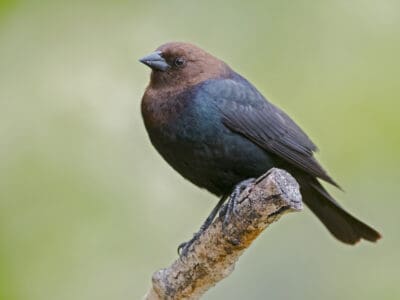
Brown Headed Cowbird
Males are generally monogamous during mating season and will protect the female from other males. However, females tend to venture from their partners and mate with other males.
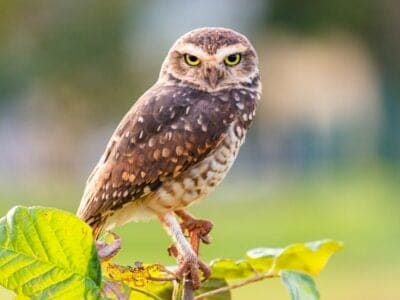
Burrowing Owl
The burrowing owl lives in underground burrows
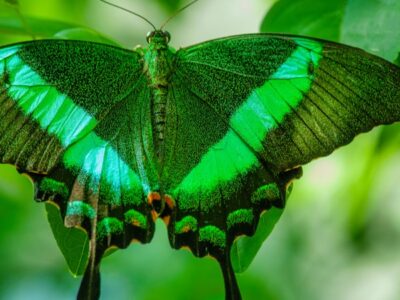
Butterfly
There are thought to be up 17,500 species!
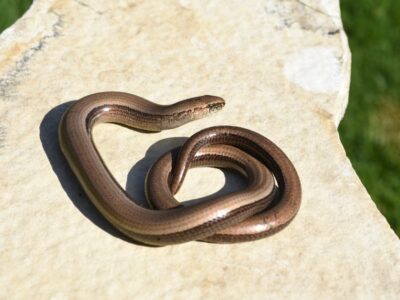
Caecilian
Some species' babies use their hooked or scraper-like teeth to peel off and eat their mother's skin
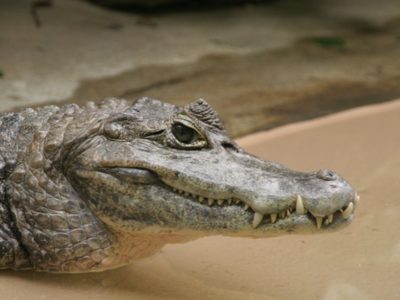
Caiman
Can grow to up 6 meters long!
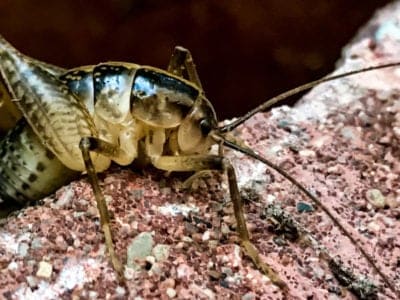
Camel Cricket
The camel crickets that are found in the USA are light brown in color. They also have dark streaks all over their body.
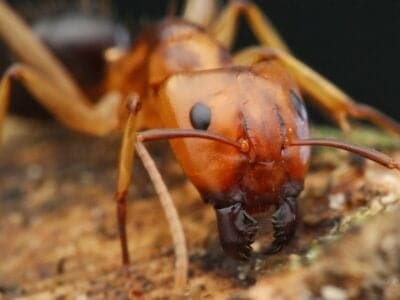
Carpenter Ant
Carpenter ants can lift up to seven times their own weight with their teeth!
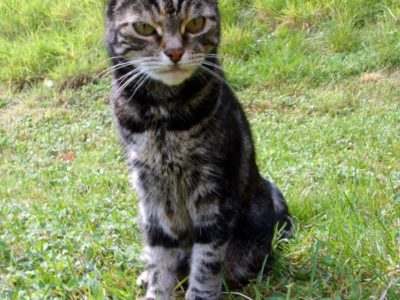
Cat
May have been domesticated up to 10,000 years ago.
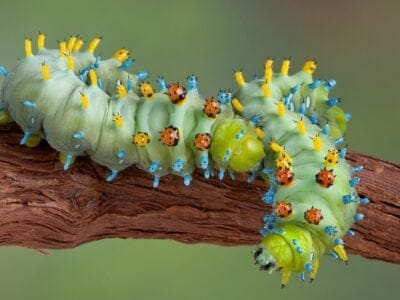
Caterpillar
The larvae of a moth or butterfly!
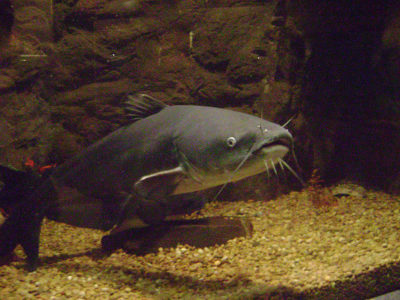
Catfish
There are nearly 3,000 different species!
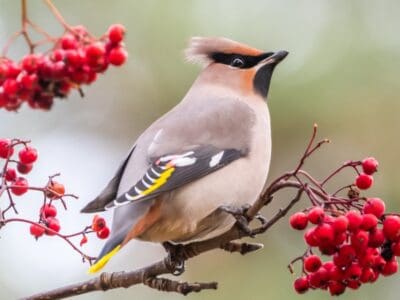
Cedar Waxwing
Their feathers have red, waxy tips that can be hard to identify unless you’re up close.
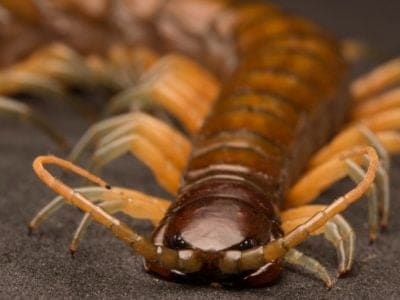
Centipede
There are about 3,000 documented species!
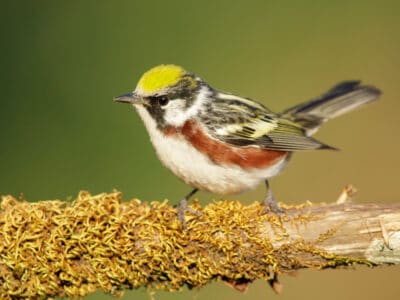
Chestnut-Sided Warbler
They inhabit regrowing forests
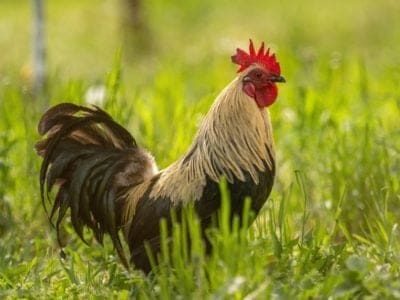
Chicken
First domesticated more than 10,000 years ago!
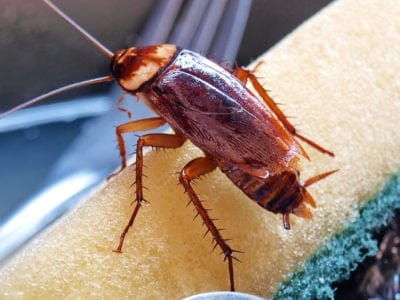
Cockroach
Dated to be around 300 million years old!
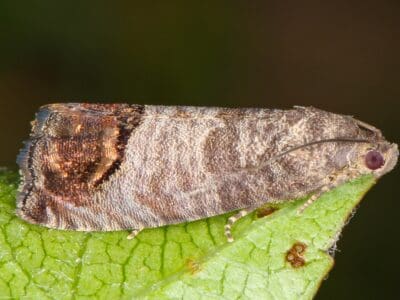
Codling Moth
Pupae are able to undergo diapause to survive poor fruit yield years and winter.
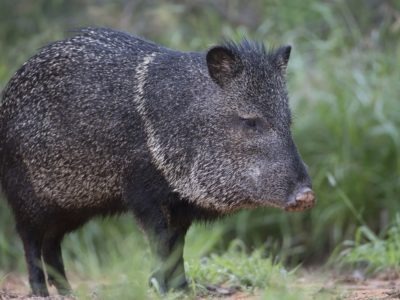
Collared Peccary
Form bands of up to 12 individuals!
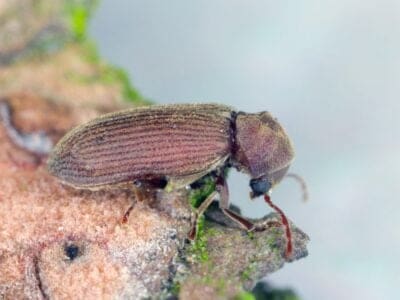
Common Furniture Beetle
The common furniture beetle feeds exclusively on wood
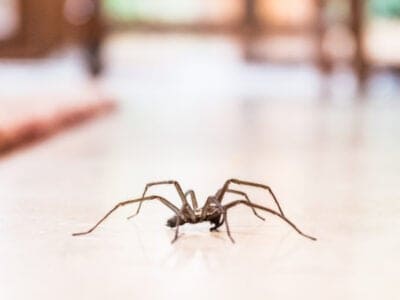
Common House Spider
House spiders have the ability to eat most insects in a home.
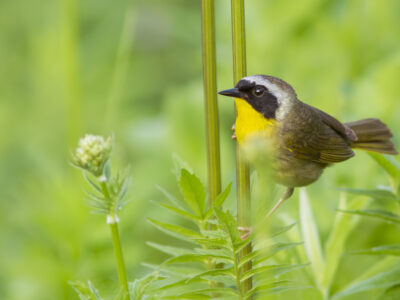
Common Yellowthroat
The Common Yellowthroat stays close to the ground and uses stealth to survive!
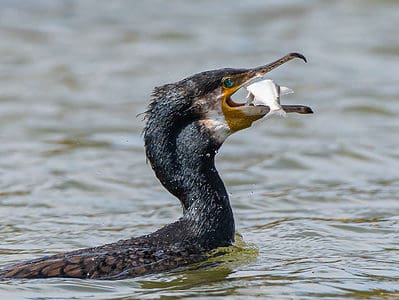
Cormorant
They can fly 35 mph and dive 150 feet below water.
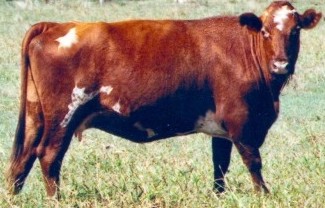
Cow
There are nearly 1.5 billion worldwide!
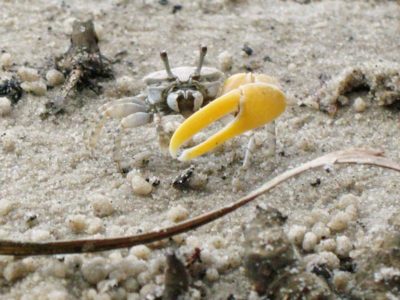
Crab
There are 93 different crab groups
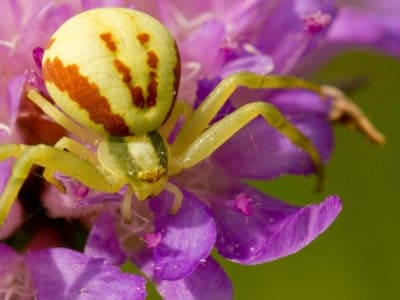
Crab Spider
Crab Spiders can mimic ants or bird droppings
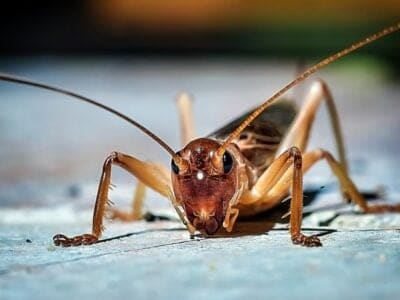
Cricket
Male crickets can produce sounds by rubbing their wings together
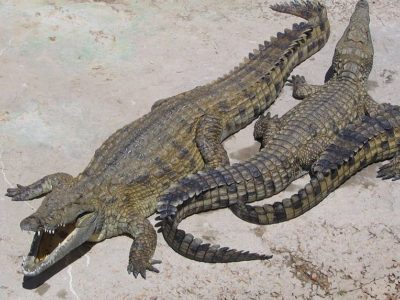
Crocodile
Have changed little in 200 million years!
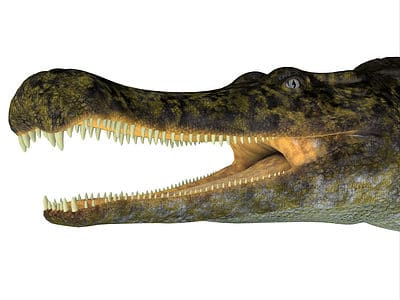
Crocodylomorph
Crocodylomorphs include extinct ancient species as well as 26 living species today.
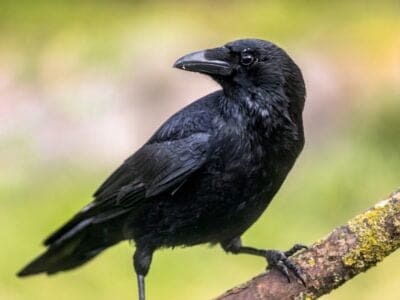
Crow
A group of these birds is called a Murder.
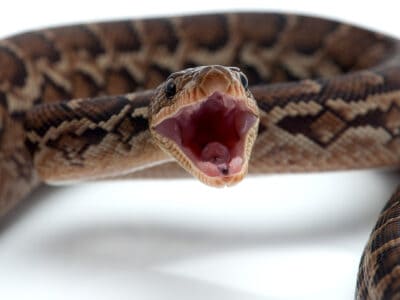
Cuban Boa
One of the only snakes observed using cooperative hunting tactics.
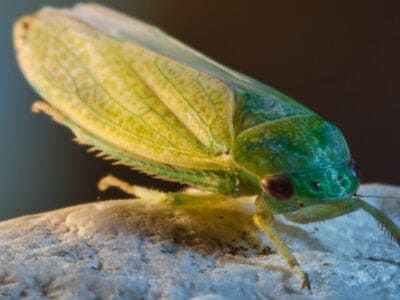
Cuban Cockroach
Believed to have been introduced to the United States by being shipped with green bananas.

Dog
First domesticated in South-East Asia!
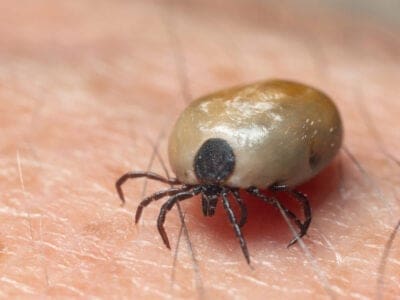
Dog Tick
Dog ticks feed on dogs and other mammals
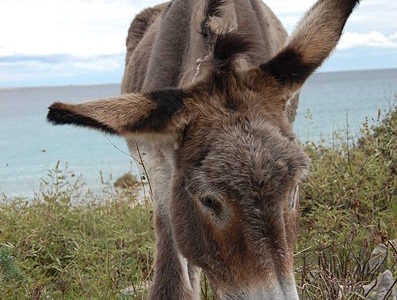
Donkey
First domesticated 5,000 years ago!
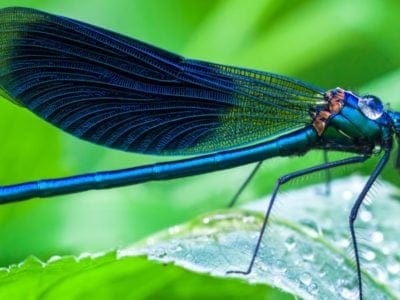
Dragonfly
It's larvae are carnivorous!
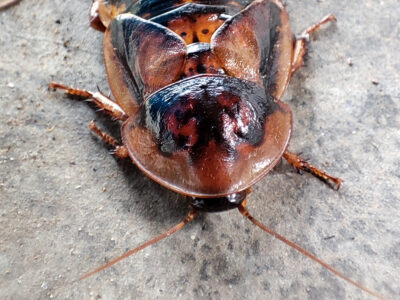
Dubia Cockroach
The most popular species of feeder roach
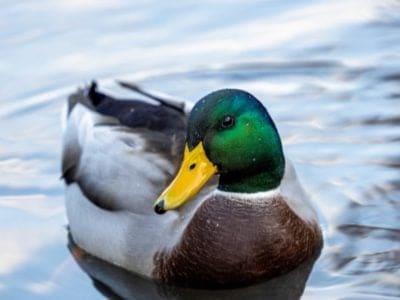
Duck
Rows of tiny plates line their teeth!
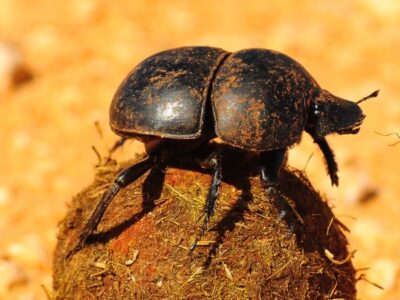
Dung Beetle
The dung beetle can push objects many times its own weight
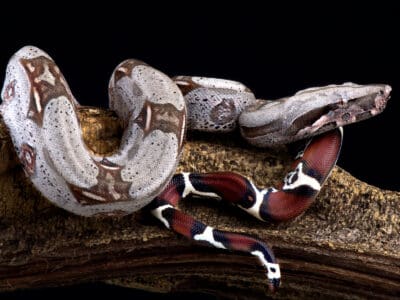
Dwarf Boa
Some species can change color from dark to light, and back again.
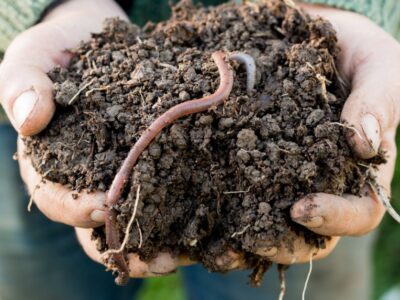
Earthworm
They are hermaphrodites, which means they have male and female organs
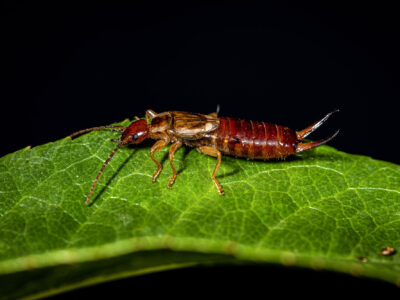
Earwig
There are nearly 2,000 different species!
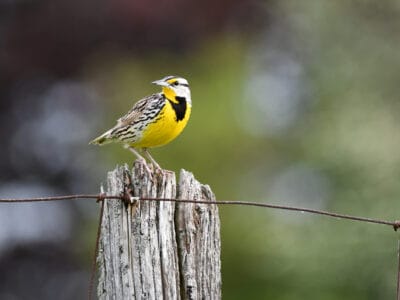
Eastern Meadowlark
They can live up to 9 years.
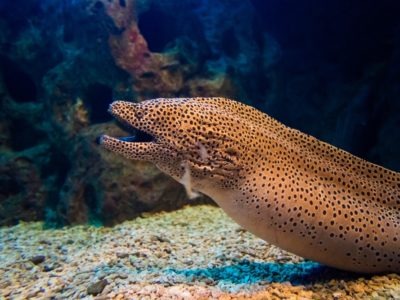
Eel
Eels can be a mere few inches long to 13 feet!
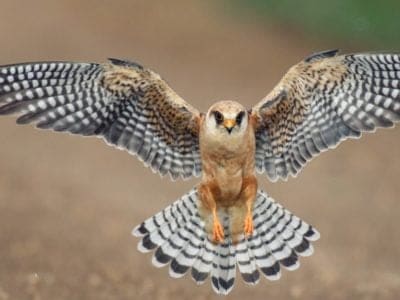
Falcon
The fastest creatures on the planet!
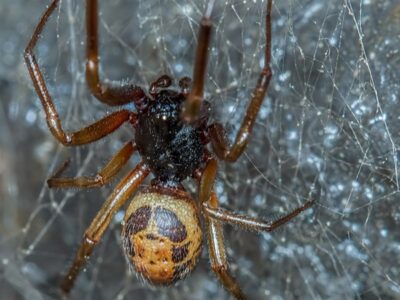
False Widow Spider
False spiders actually prey on black widow spiders and other hazardous spiders
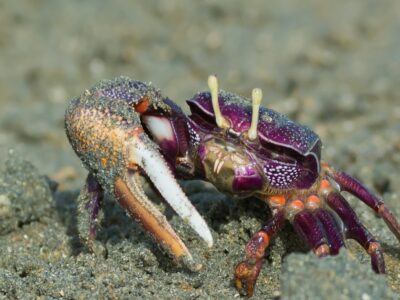
Fiddler Crab
The fiddler crab gets its name from the motion the males make with their over-sized claw during the mating ritual.
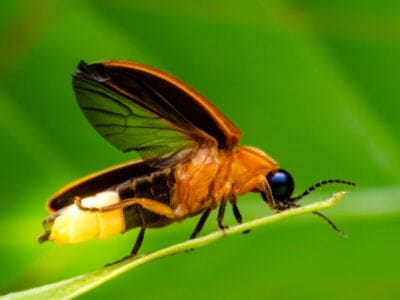
Firefly
The firefly produces some of the most efficient light in the world
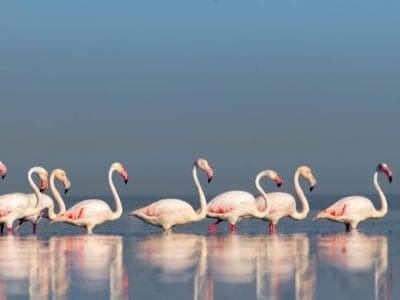
Flamingo
Sleeps on just one leg!
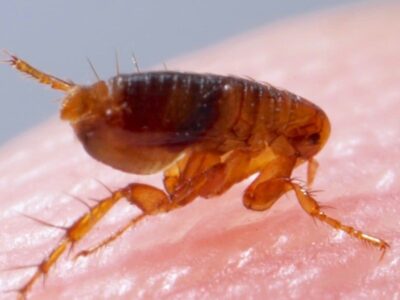
Flea
Adult fleas can jump up to 7 inches in the air
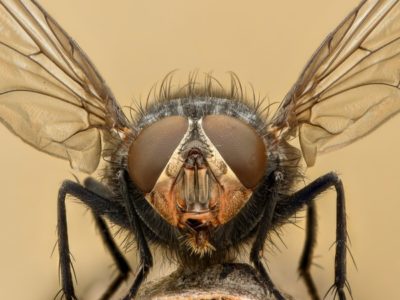
Fly
There are more than 240,000 different species!
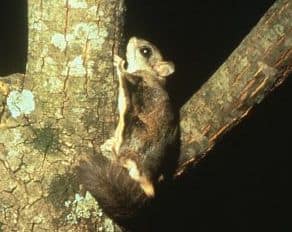
Flying Squirrel
Can glide up to 90 meters!
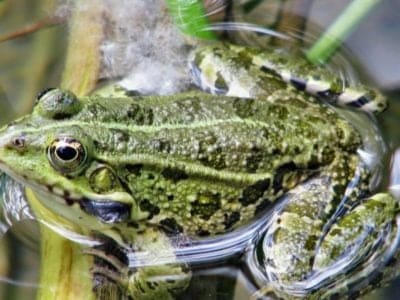
Frog
There are around 7,000 different species!
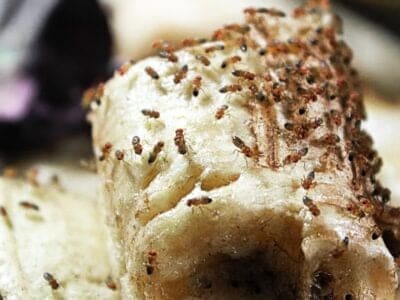
Fruit Fly
Fruit flies are among the most common research animals in the world
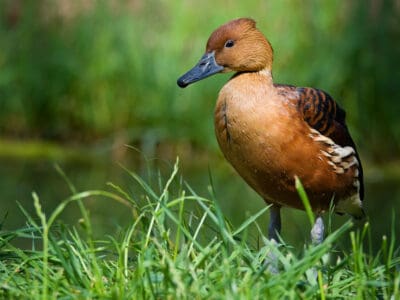
Fulvous Whistling Duck
They build a ramp from their nest, which leads to a nearby water source
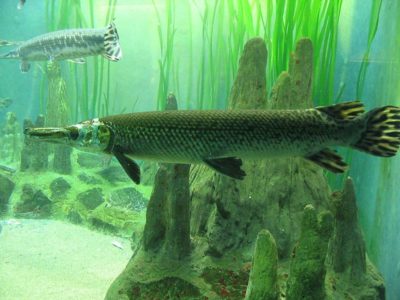
Gar
Can grow to more than 3m long!
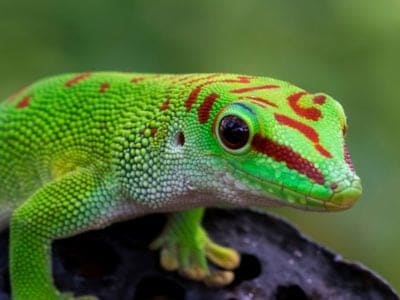
Gecko
There are thought to be over 2,000 species!
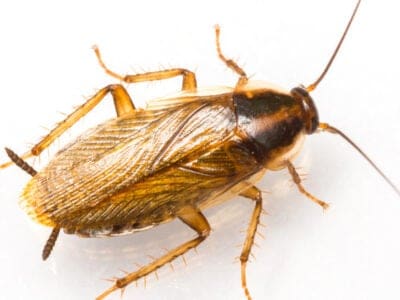
German Cockroach
The most common type of urban roach
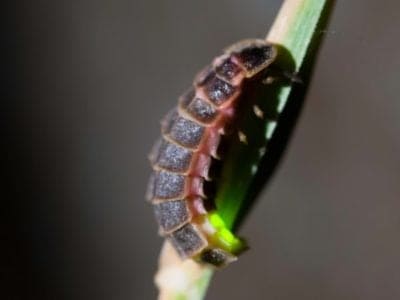
Glowworm
Found inhabiting dense woodland and caves!
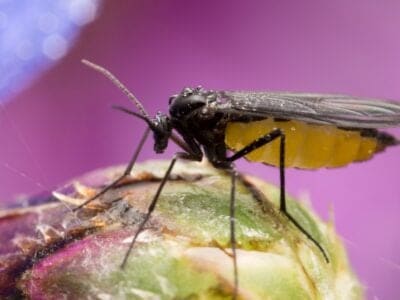
Gnat
Males form large mating swarms at dusk
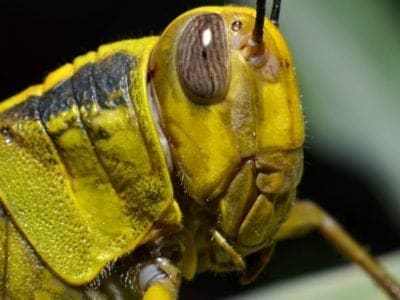
Grasshopper
There are 11,000 known species!
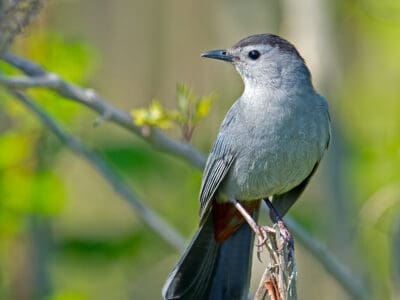
Gray Catbird
Their songs have cat-like qualities and can mimic other birds and animals, like tree frogs.
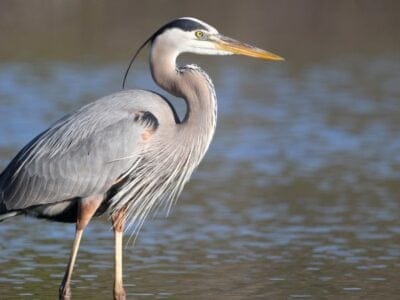
Great Blue Heron
Their wingspan is larger than an eagle’s; both males and females help hatch the eggs; rich in symbolism
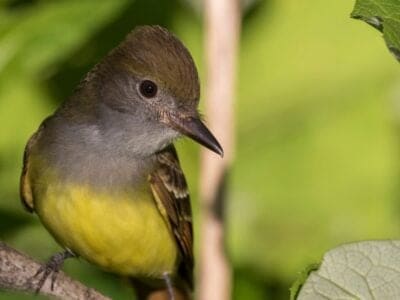
Great Crested Flycatcher
This species makes use of some truly unusual nesting material, including snakeskin and garbage
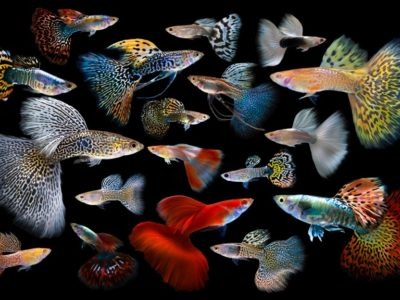
Guppy
Also known as the Millionfish!
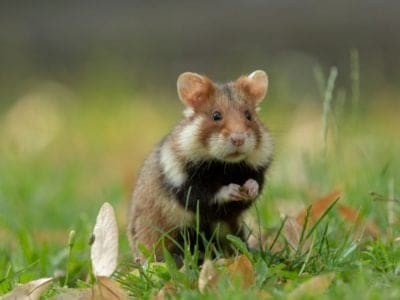
Hamster
Able to run as quickly backwards as forwards!
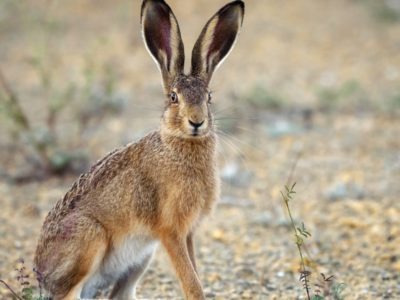
Hare
Can reach speeds of over 50 mph!
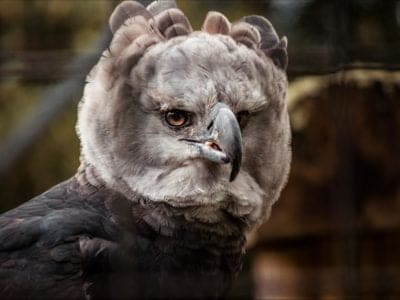
Harpy Eagle
Talon's the size of a grizzly bear's claws!
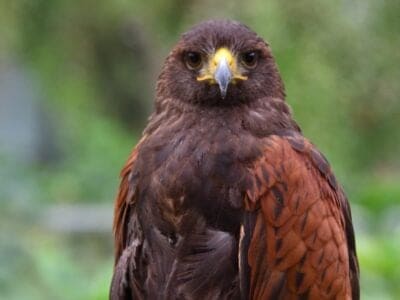
Harris’s Hawk
Their vision is eight times better than a human's

Havanese
These are the only dogs that are native to Cuba
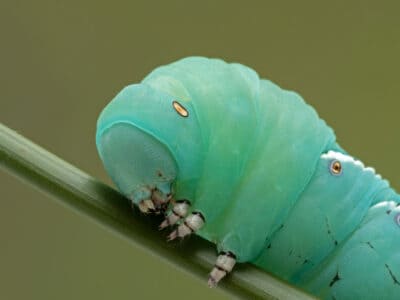
Hawk Moth Caterpillar
Many hawk moth caterpillars eat toxins from plants, but don’t sequester them the way milkweed butterflies do. Most toxins are excreted.
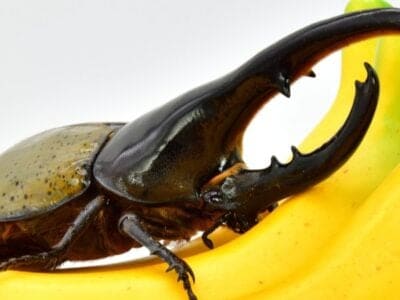
Hercules Beetle
This dynastine scarab beetle makes a weird huffing sound when it’s disturbed.
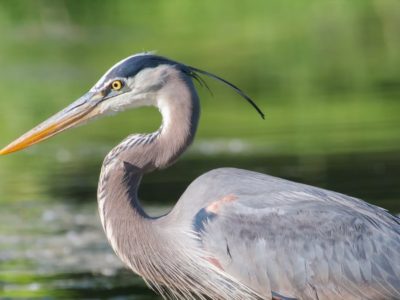
Heron
Inhabits wetlands around the world!
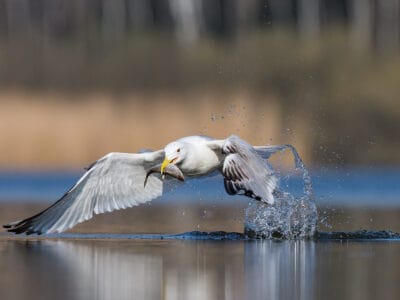
Herring Gull
They are loud, spirited birds with raucous cries that sound like bursts of laughter.
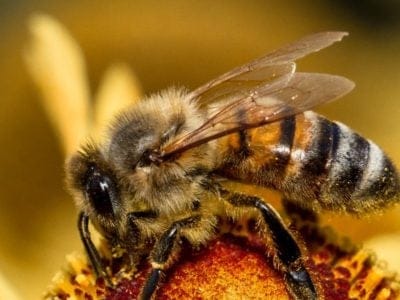
Honey Bee
There are only 8 recognized species!
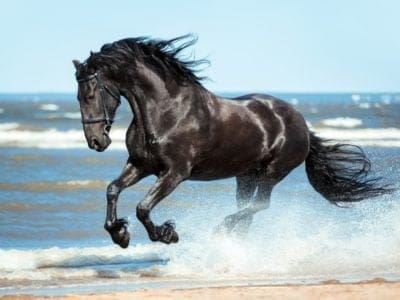
Horse
Has evolved over 50 million years!
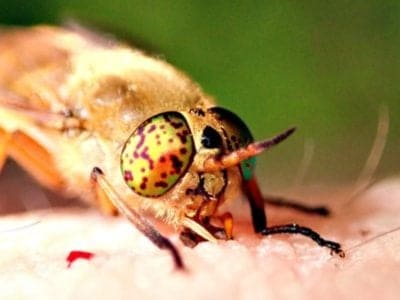
Horsefly
Horseflies have been seen performing Immelmann turns, much like fighter jets.
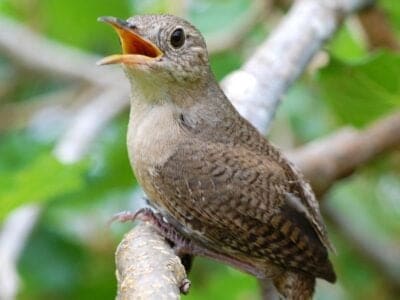
House wren
The wren’s epithet, aedon, comes from a Greek queen who accidentally killed her only son. She was actually aiming for her nephew, and Zeus took pity on her and turned her into a nightingale.
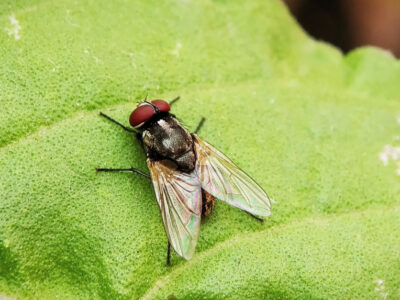
Housefly
The fly has no teeth

Human
Thought to have orignated 200,000 years ago!
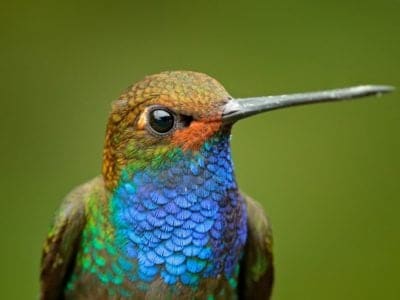
Hummingbird
Beat their wings up to 80 times per second!
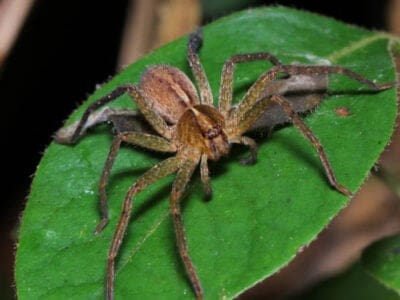
Huntsman Spider
Some huntsman spiders have an interesting way of moving around. Some cartwheel while others do handsprings or backflips.
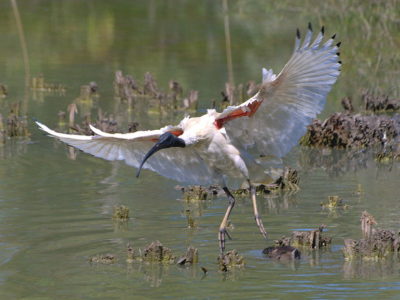
Ibis
Found in swamps, marshes and wetlands!
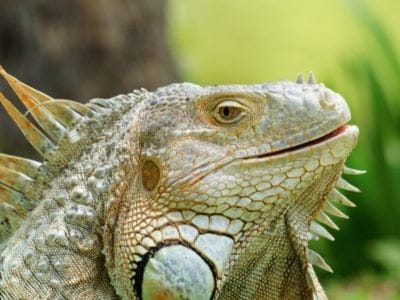
Iguana
Uses visual signals to communicate!
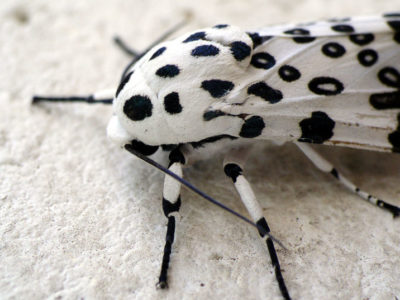
Insects
There are an estimated 30 million species!
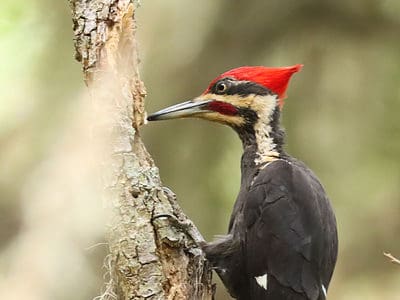
Ivory-billed woodpecker
The ivory-billed woodpecker can drill into wood with its sharp beak
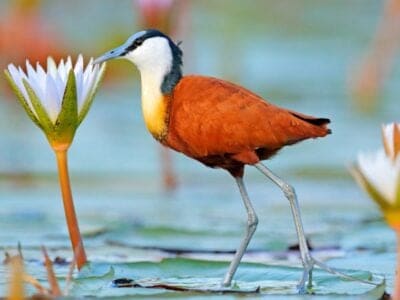
Jacana
The jacana has the ability to swim underwater
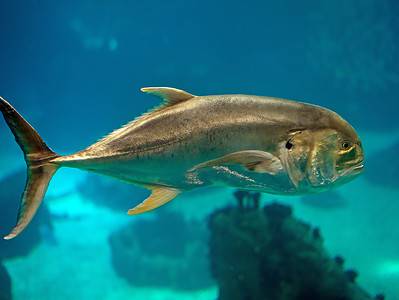
Jack Crevalle
One of the biggest species in the Caranx genus
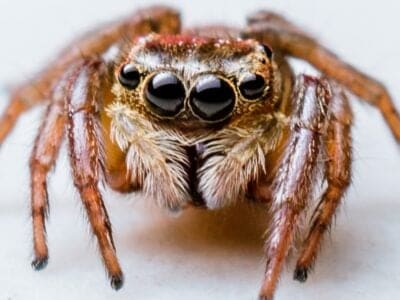
Jumping Spider
Some can jump 50 times the length of their bodies
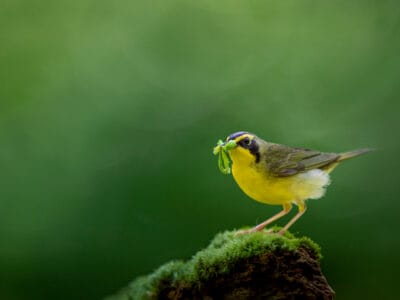
Kentucky Warbler
The Kentucky Warbler appears to wear bright yellow cat-eye glasses!
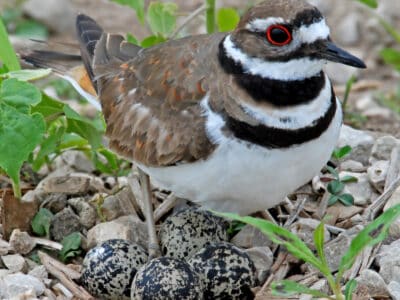
Killdeer
The killdeer feigns injury to draw a predator away from its nest.
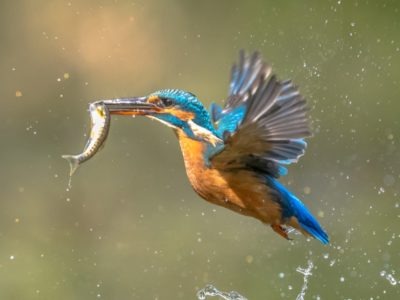
Kingfisher
Inhabits wetlands and woodlands worldwide!
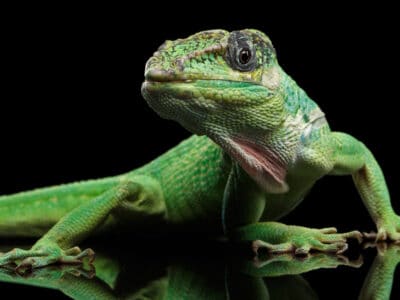
Knight Anole
When threatened, the promiscuous knight anole rises on all fours and turns bright green, and gives a menacing look.
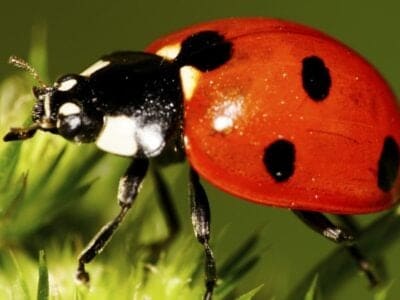
Ladybug
There are more than 5,000 species worldwide!
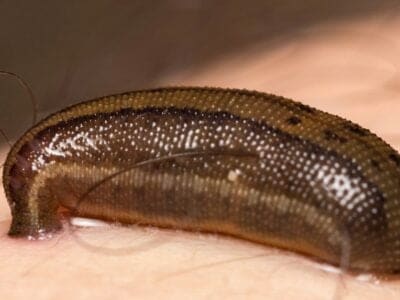
Leech
Has 10 pairs of eyes!
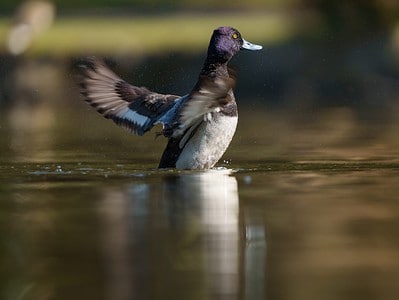
Lesser Scaup
Young lesser scaups learn to dive as soon as their down dries.
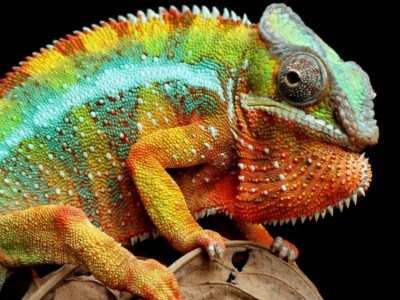
Lizard
There are around 5,000 different species!
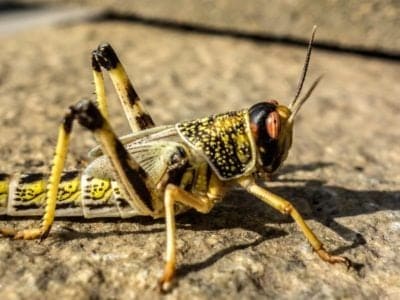
Locust
Each locust can eat its weight in plants each day.
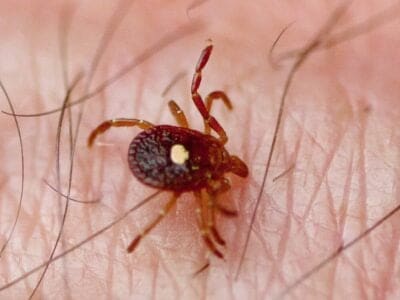
Lone Star Tick
Only females have the ‘lone star’ marking
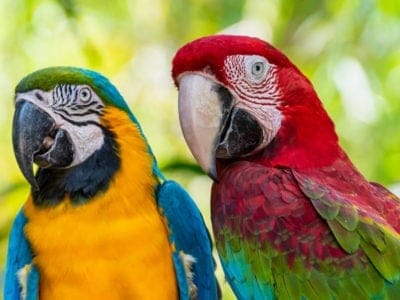
Macaw
The largest species of parrot in the world!
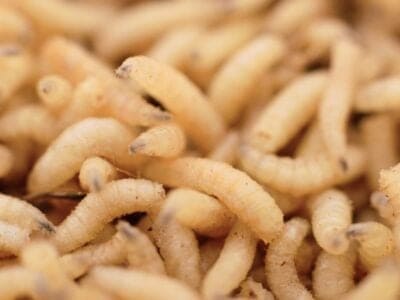
Maggot
Will only live in wet areas
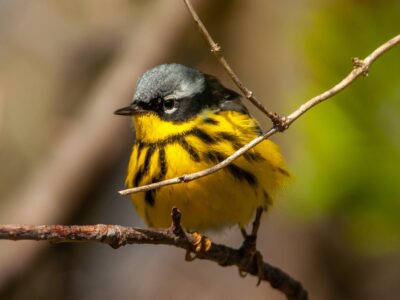
Magnolia Warbler
They line their nests with fungi strands
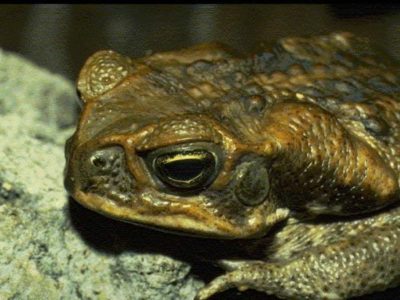
Marine Toad
Produces a toxin used in arrow darts!
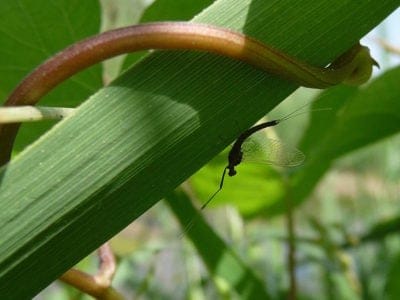
Mayfly
There are 2,500 known species worldwide!
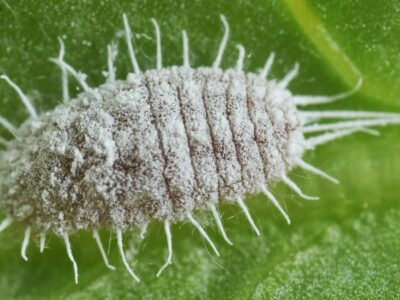
Mealybug
They have a symbiotic relationship with ants.
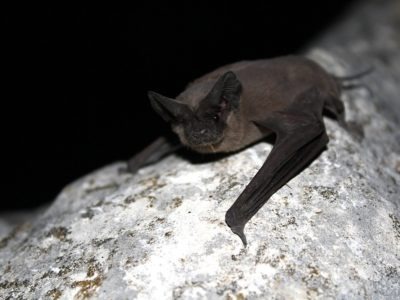
Mexican Free-Tailed Bat
Some colonies have millions of bats
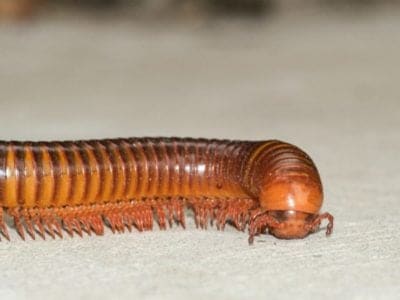
Millipede
Some species have a poisonous bite!
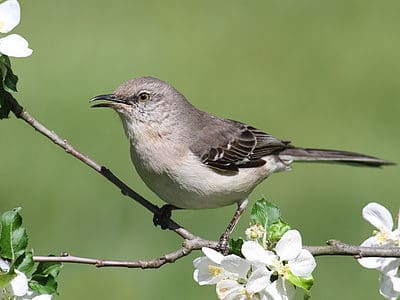
Mockingbird
Mockingbirds are incredible mimics that can learn hundreds of songs!
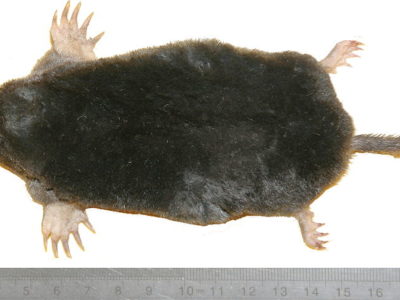
Mole
Primarily hunts and feeds on Earthworms!
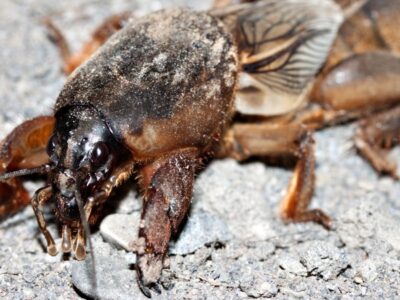
Mole Cricket
Adult Mole crickets may fly as far as 5 miles during mating season and are active most of the year.
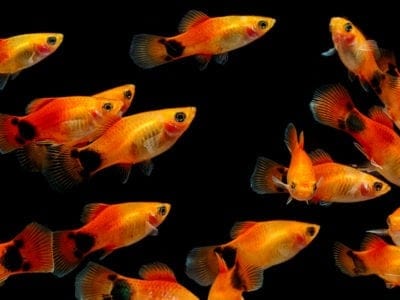
Molly
Known for their calm and peaceful nature!
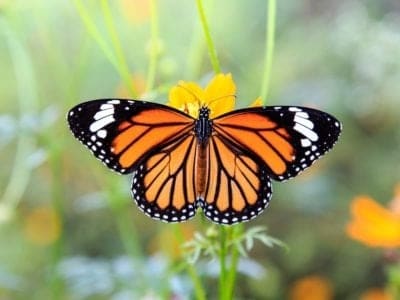
Monarch Butterfly
During migration, Monarch Butterflies may travel 250 or more miles each day.

Mongrel
Has characteristics of two or more breeds!
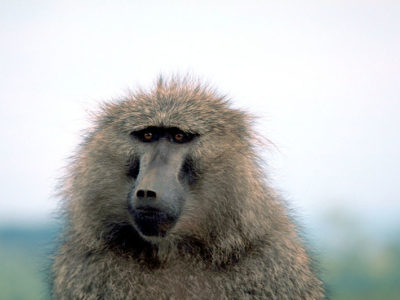
Monkey
There are around 260 known species!
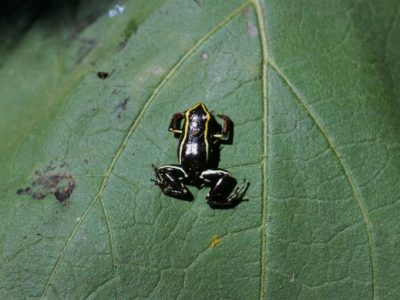
Monte Iberia Eleuth
The smallest frog in the Northern Hemisphere!
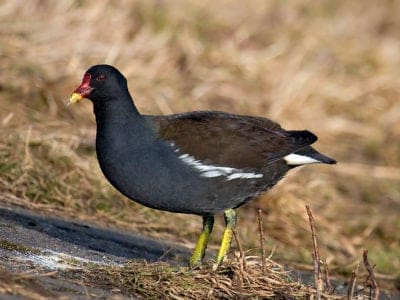
Moorhen
Feeds on aquatic insects and water-spiders!
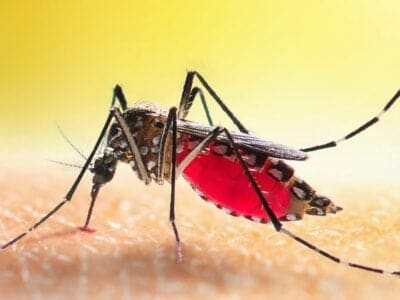
Mosquito
Only the female mosquito actually sucks blood
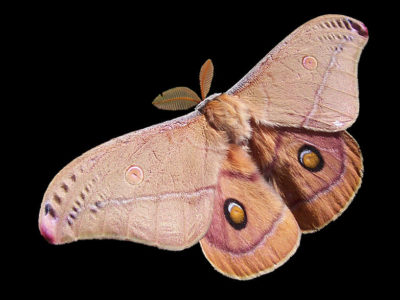
Moth
There are 250,000 different species!
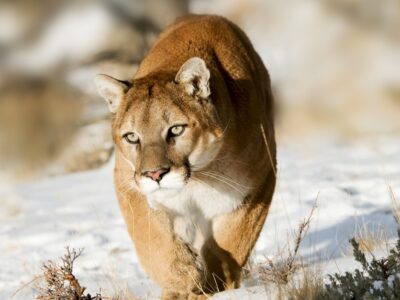
Mountain Lion
Has no real natural predators!
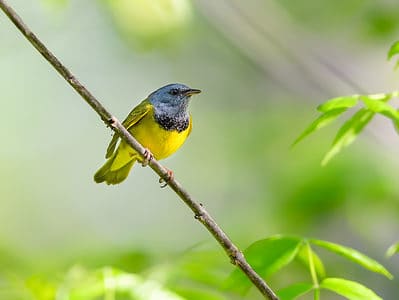
Mourning Warbler
The Mourning Warbler was named for its gray head, which resembles a mourning veil!
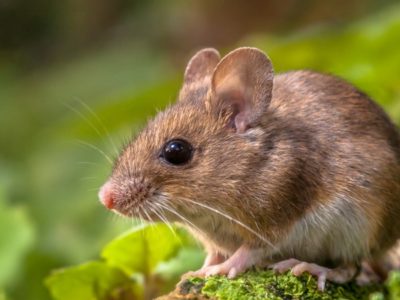
Mouse
Found on every continent on Earth!
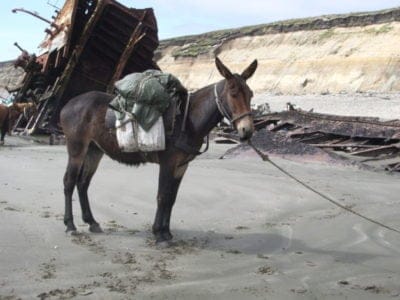
Mule
The offspring of a horse and donkey parents!
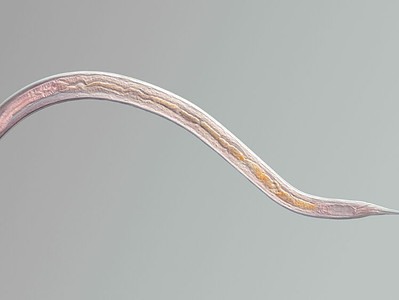
Nematode
Nematodes range in size from 1/10 of an inch to 28 feet long
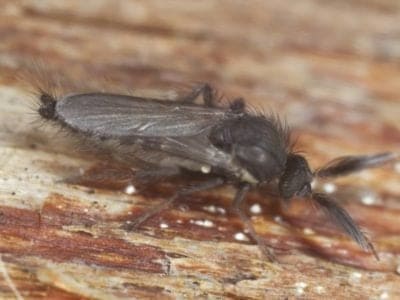
No See Ums
There are more than 5,000 species.
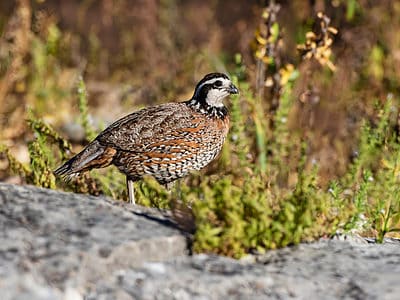
Northern Bobwhite
The northern bobwhite is named for its distinctive whistling call that sounds like ‘bob-white’.
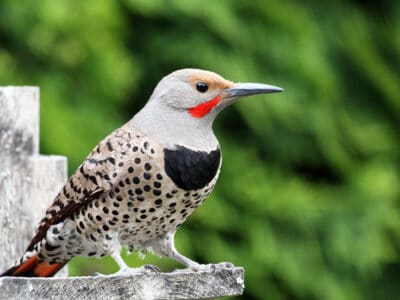
Northern Flicker
Northern Flickers often make their homes in dead trees.
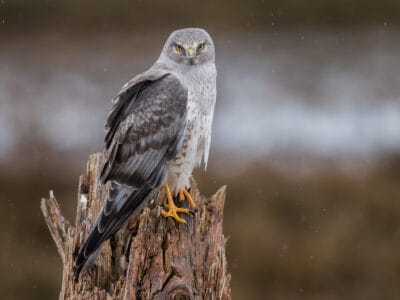
Northern Harrier
They can reach speeds of 25 Mph but prefer to soar low and slow.
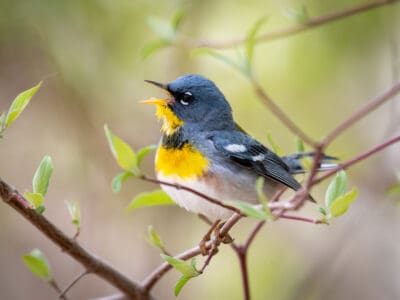
Northern Parula
They live in coffee and citrus plantations during the winter
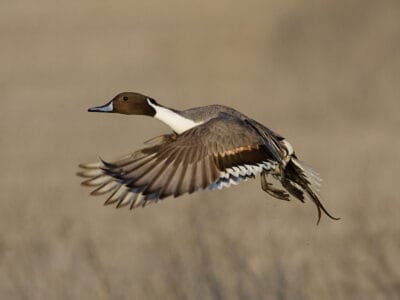
Northern Pintail
Northern pintails migrate at night with speeds reaching 48 miles per hour!
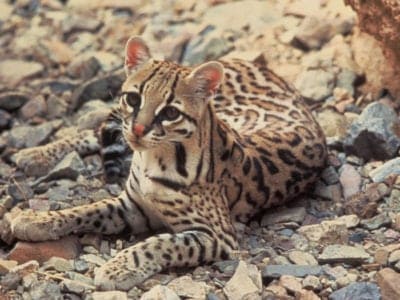
Ocelot
Also known as the Painted Leopard!
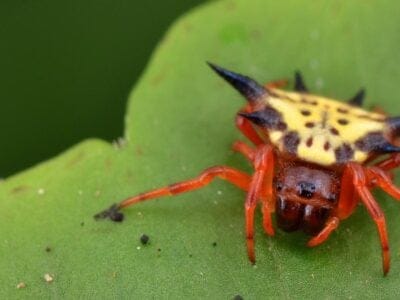
Orb Weaver
Females are about four times the size of males
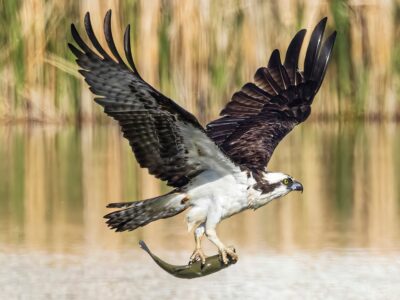
Osprey
They reuse nesting sites for 70 years!
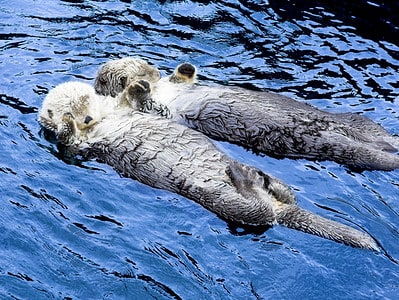
Otter
There are 13 different species worldwide
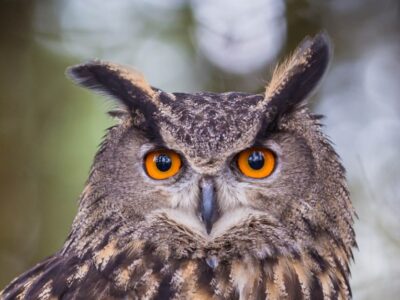
Owl
The owl can rotate its head some 270 degrees
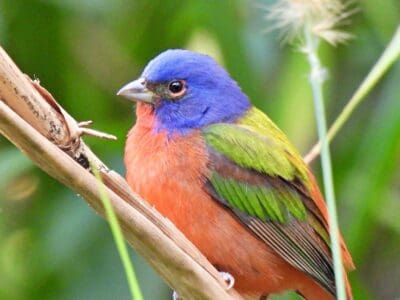
Painted Bunting
They are one of the most colorful species of birds.
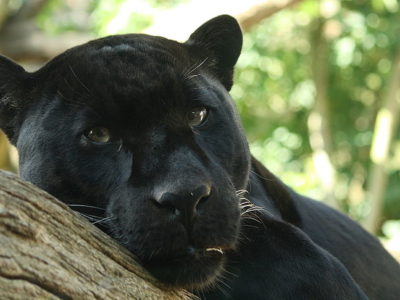
Panther
Prefers to hunt at night than during the day!
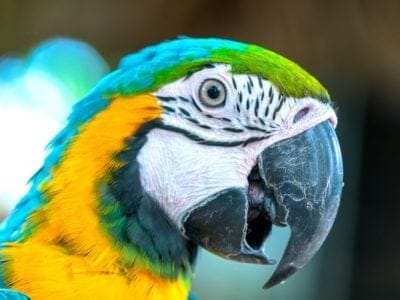
Parrot
Can live for up to 100 years!
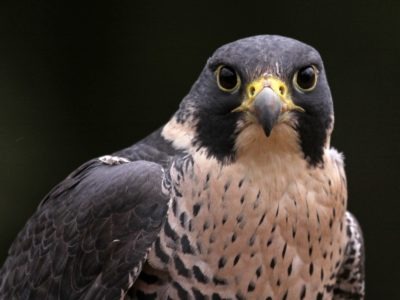
Peregrine Falcon
Fastest animal on Earth
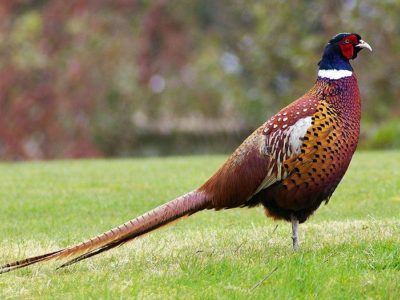
Pheasant
Females lay between 8 and 12 eggs per clutch!
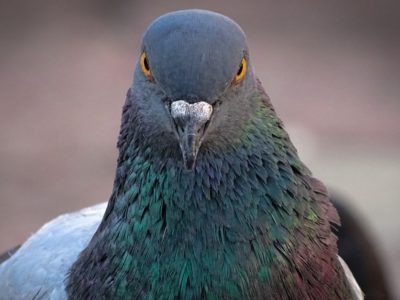
Pigeon
They can find their way back to their nests from up to 1300 miles away.
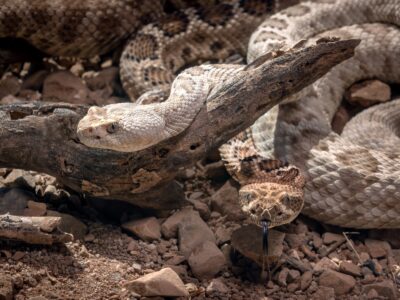
Pit Viper
Pit vipers's fangs fold up into their mouths when they don't need them.
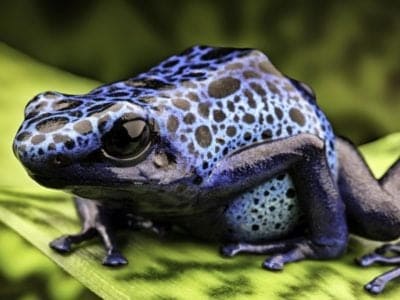
Poison Dart Frog
Inhabits the jungles of Central and South America!
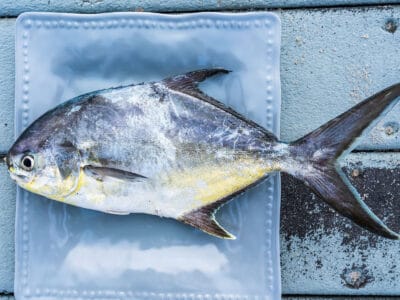
Pompano Fish
They are bottom-feeders
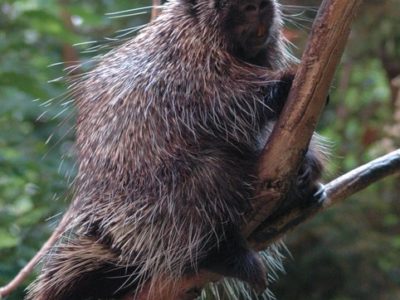
Porcupine
There are 30 different species worldwide!
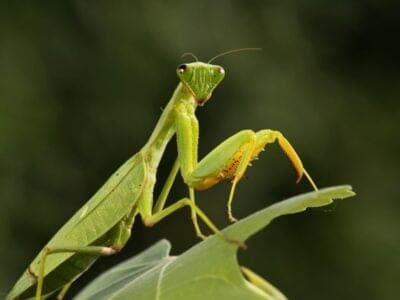
Praying Mantis
The mantis can turn its head 180 degrees.
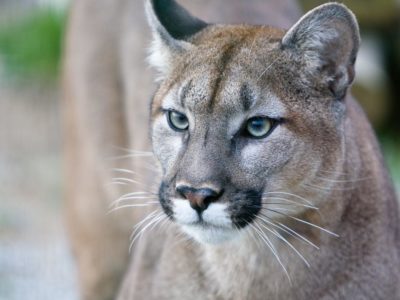
Puma
Has longer back legs than front legs!
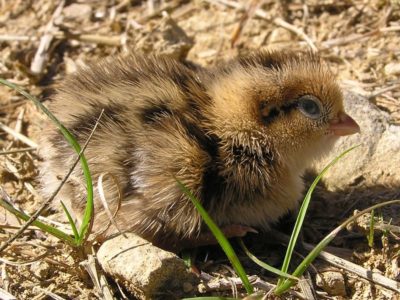
Quail
Inhabits woodland and forest areas worldwide!
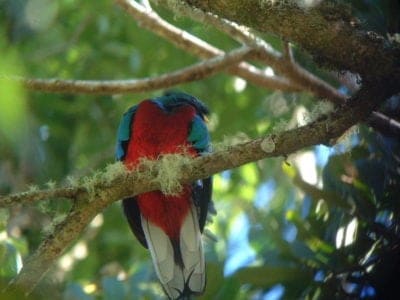
Quetzal
The tail feathers of the male can be 1m long!
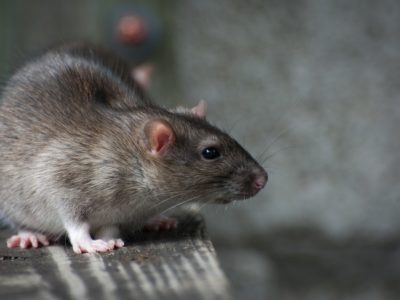
Rat
Omnivores that eat anything!
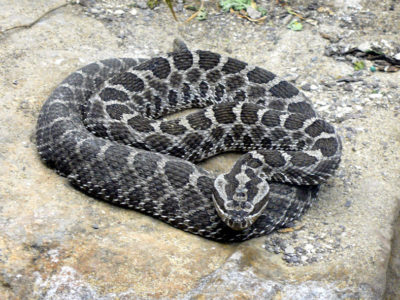
Rattlesnake
Rattlesnakes may have evolved their rattle to warn bison away from them.
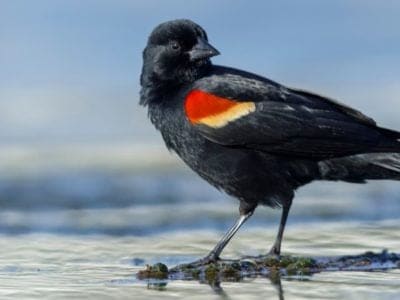
Red-winged blackbird
The male red-winged blackbird can sing to attract mates

Ring-billed Gull
The ring-billed gull feeds on vast quantities of human waste and garbage.
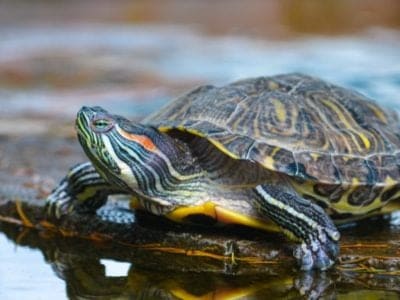
River Turtle
Inhabits freshwater habitats around the world!
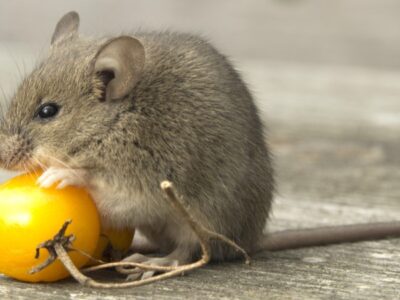
Rodents
The capybara, the world’s largest rodent, likes to be in and around bodies of water. Because of this, the Catholic Church in South America decided that it was a fish, and people were allowed to eat it during Lent and First Fridays.
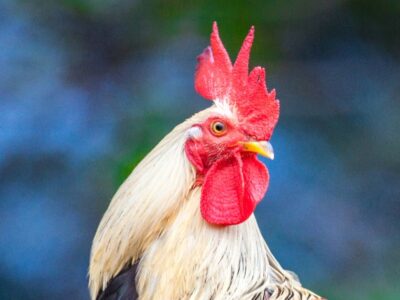
Rooster
Will mate with the entire flock!
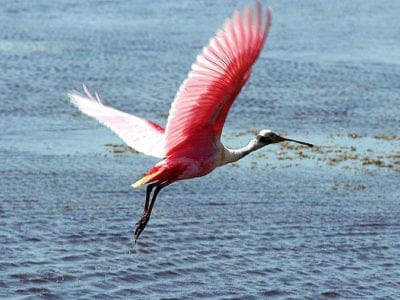
Roseate Spoonbill
The only Spoonbill in the western hemisphere!
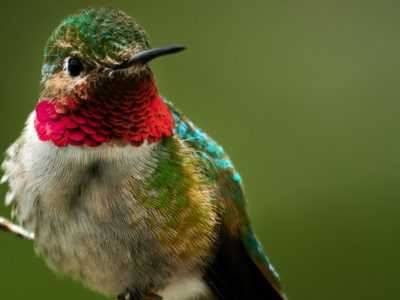
Ruby-Throated Hummingbird
Ruby-throated hummingbirds can beat their wings more than 50 times per second.
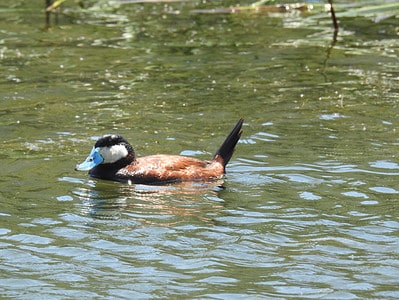
Ruddy Duck
Ruddy duck breeding males have bright blue bills!
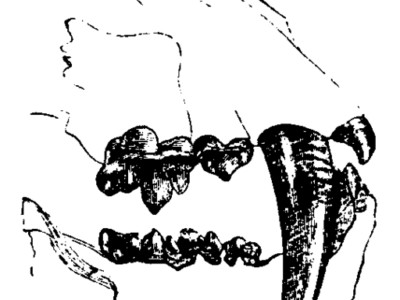
Saber-Toothed Tiger
Canines up to 7 inches long!
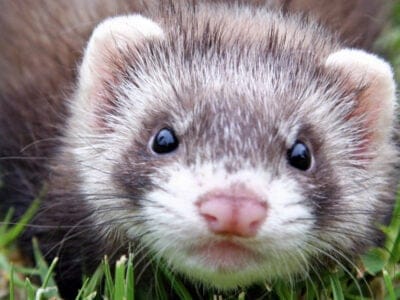
Sable Ferret
Ferrets were used during the Revolutionary War to keep down the rat population.
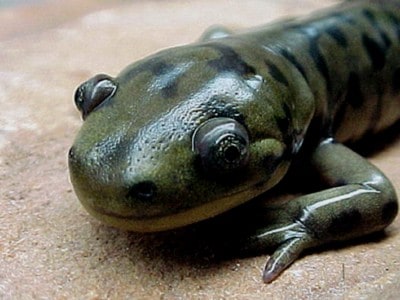
Salamander
There are more than 700 different species!
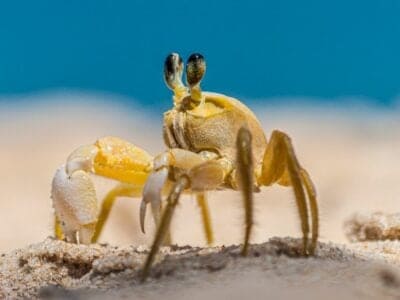
Sand Crab
The sand crab burrows beneath the sand with its tail
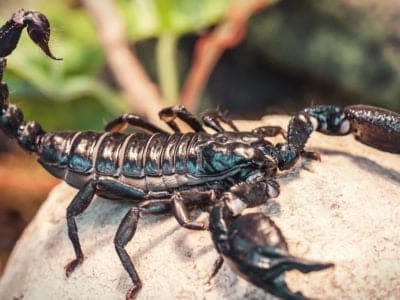
Scorpion
There are around 2,000 known species!
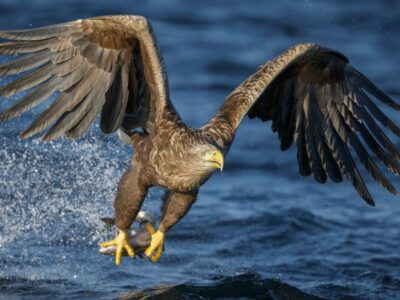
Sea Eagle
The sea eagle tends to mate for life with a single partner
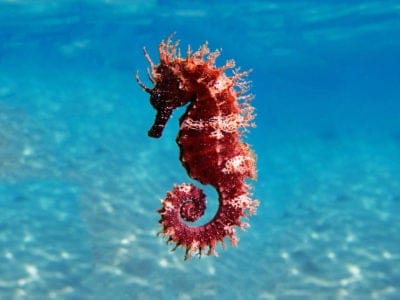
Seahorse
Males give birth to up to 1,000 offspring!
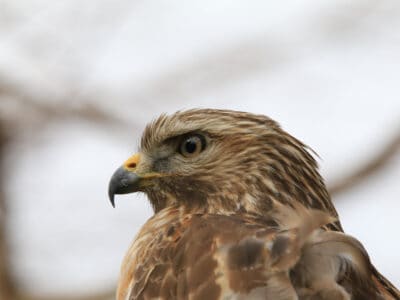
Sharp-Shinned Hawk
In captivity, sharp-shinned hawks can live up to 13 years. However, in the wild, this number is significantly reduced to 3 years!
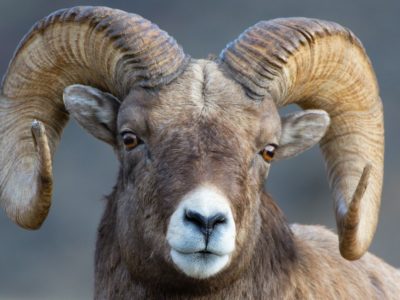
Sheep
Around 35 million in the English countryside!
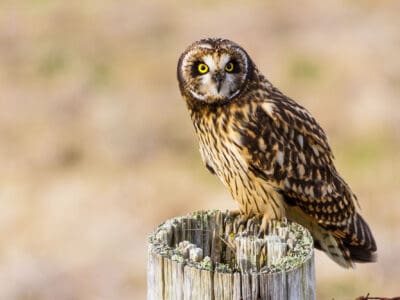
Short-Eared Owl
The short-eared owl is one of the most widespread owl species in the world, covering five continents.
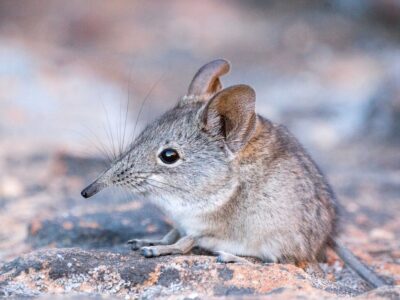
Shrew
The spinal column of the shrew Scutisorex somereni is so strong and reinforced that it can support the weight of an adult human.
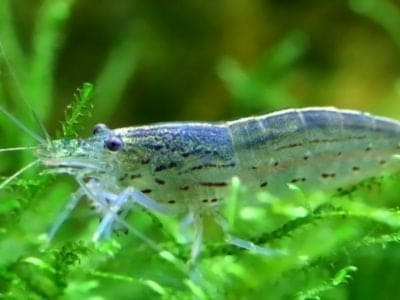
Shrimp
There are 2,000 different species worldwide!
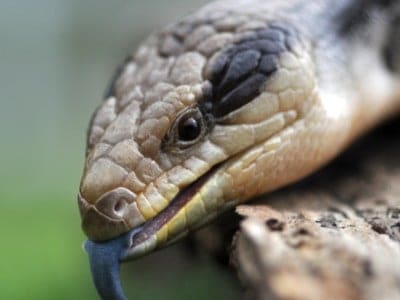
Skink Lizard
Some skinks lay eggs in some habitats while giving birth to skinklets in other habitats.
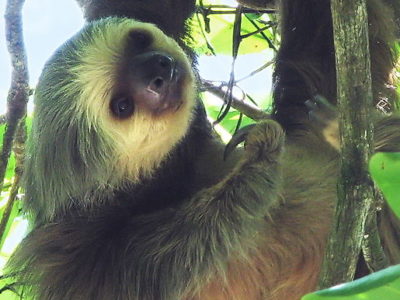
Sloth
It's body temperature is between 30 - 34 degrees!
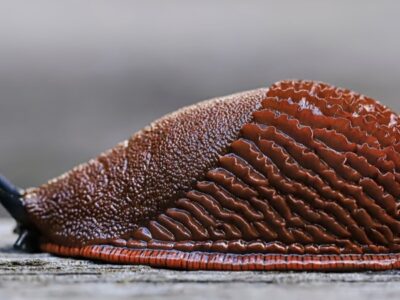
Slug
They glide around on one foot, which is aided by the slime they produce
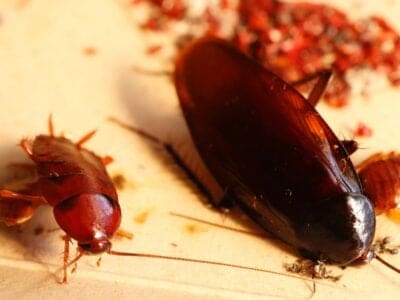
Smokybrown Cockroach
Has up to 45 eggs per egg case
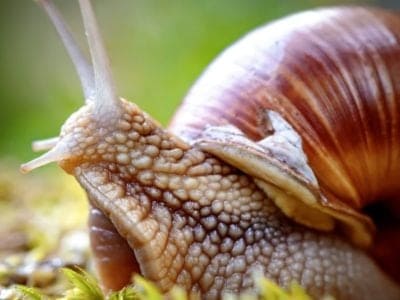
Snail
There are nearly 1,000 different species!
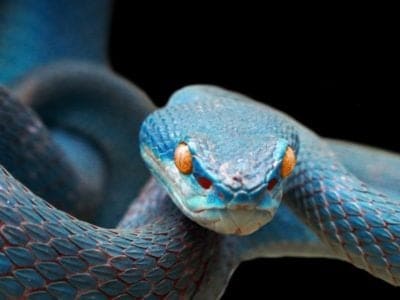
Snake
There are around 4,000 known species worldwide
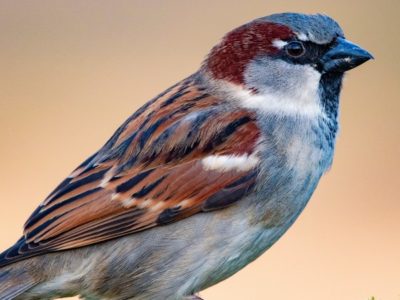
Sparrow
There are 140 different species!
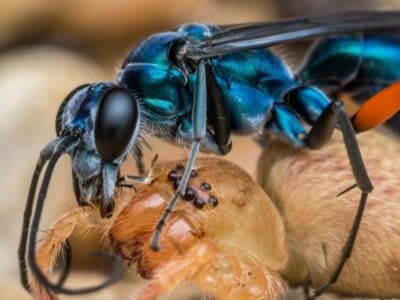
Spider Wasp
They prey on spiders to feed their larvae or they parasitize other spider wasps.
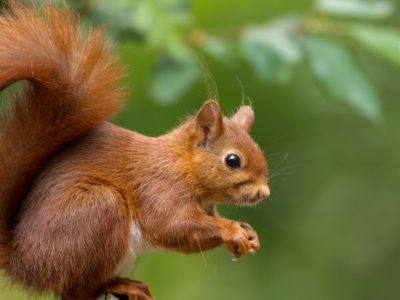
Squirrel
Small rodents found in woodlands worldwide!
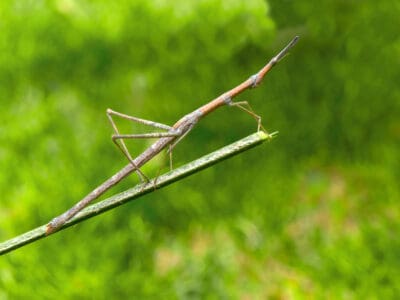
Stick Insect
There are more than 3,000 different species!
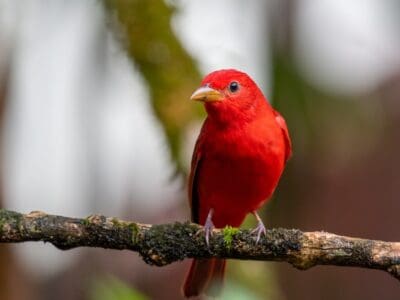
Summer Tanager
They remove bee stingers by rubbing them against a tree
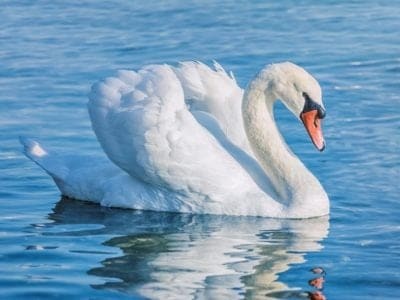
Swan
Populations have been affected by pollution!
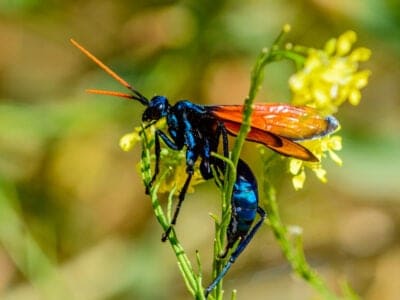
Tarantula Hawk
Tarantula hawks are excellent pollinators, especially for milkweed.
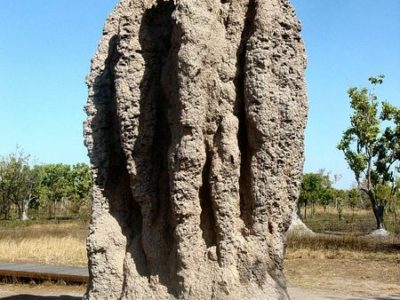
Termite
Their mounds can be up to 9 meters tall!
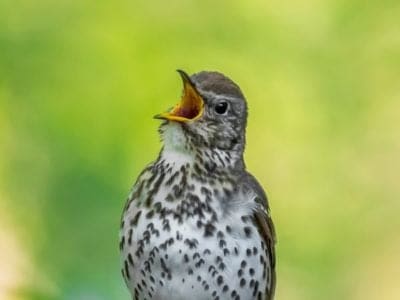
Thrush
The American robin is called the robin because its red breast reminded European settlers of the robin back in the old country.
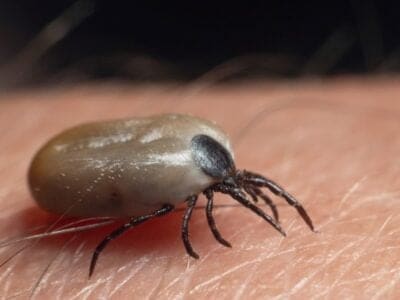
Tick
They inject hosts with a chemical that stops them from feeling the pain of the bite
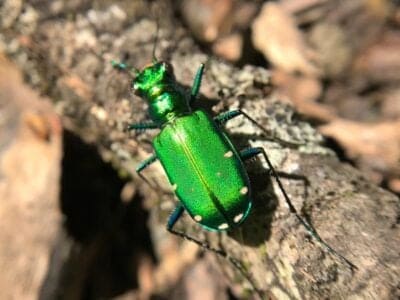
Tiger Beetle
The adult tiger beetle is one of the fastest land insects in the world
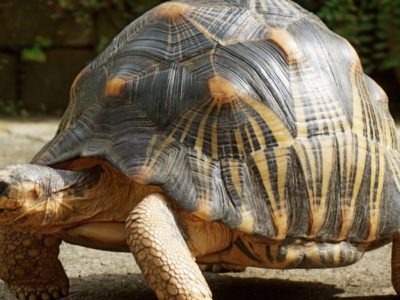
Tortoise
Can live until they are more than 150 years old!
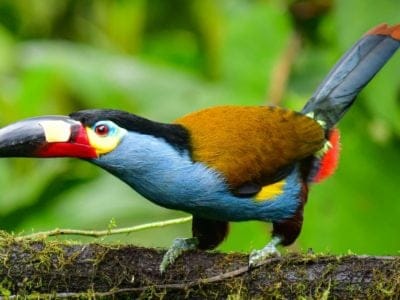
Toucan
There are more than 40 different species!
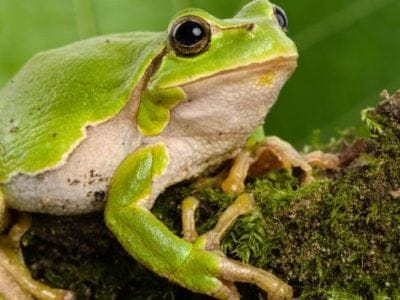
Tree Frog
Found in warmer jungles and forests!
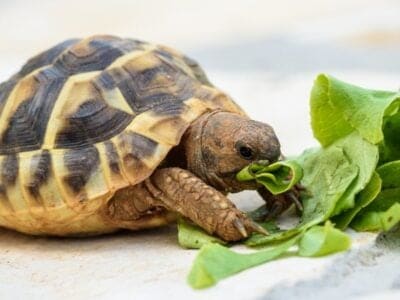
Turtles
Some species of aquatic turtles can get up to 70 percent of their oxygen through their butt.
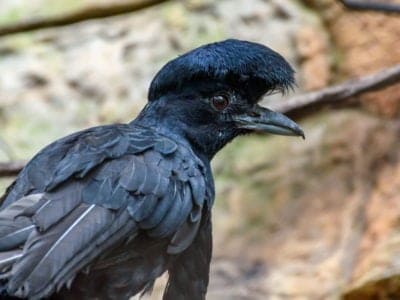
Umbrellabird
Migrates up and down the mountains!
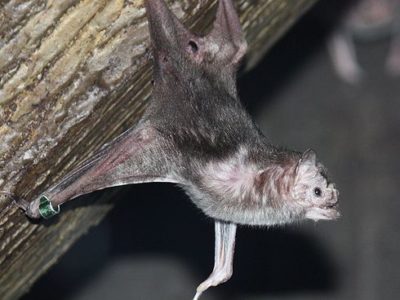
Vampire Bat
Have a heat sensor on the end of their nose!
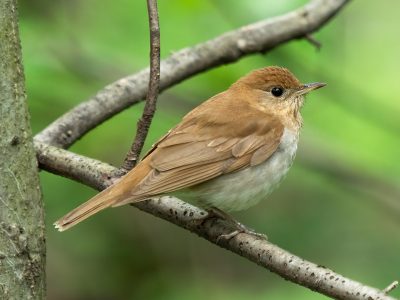
Veery
The veery is named for its sharp "veer" call.
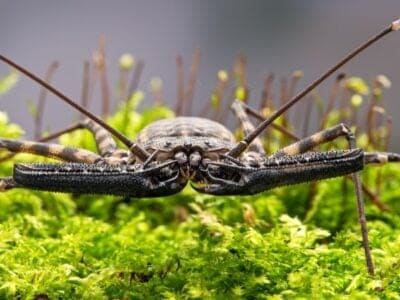
Vinegaroon
Vinegaroons can spray 19 times before the glands are depleted
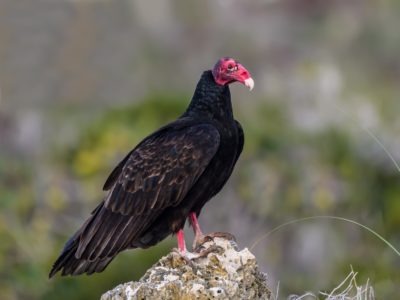
Vulture
There are 30 different species worldwide!
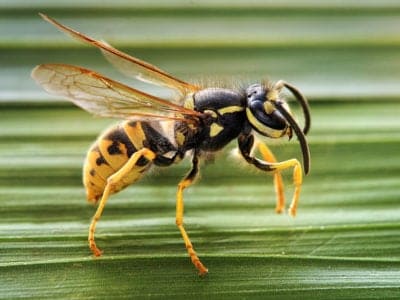
Wasp
There are around 75,000 recognised species!
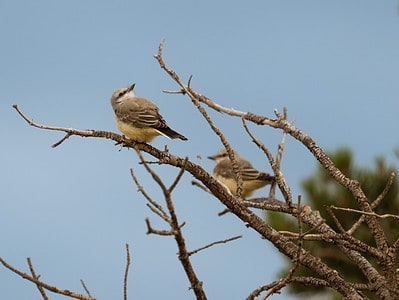
Western Kingbird
Western kingbirds have hidden red crown feathers that they can raise when threatened!
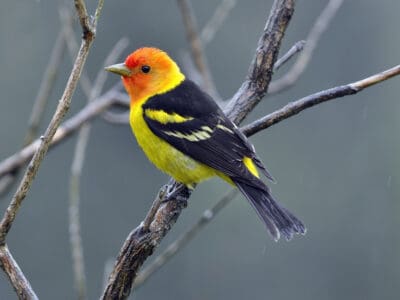
Western Tanager
They migrate farther north than any other tanager.
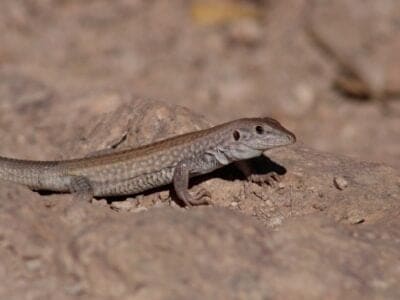
Whiptail Lizard
Many whiptail species reproduce asexually.
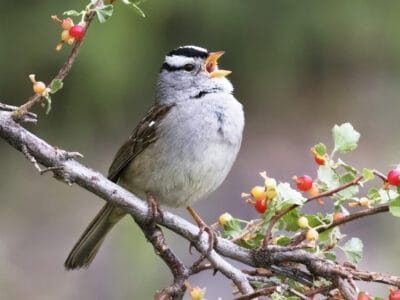
White-Crowned Sparrow
Males learn distinct songs from the community they grew up in and continue to sing in the same dialect as adults.
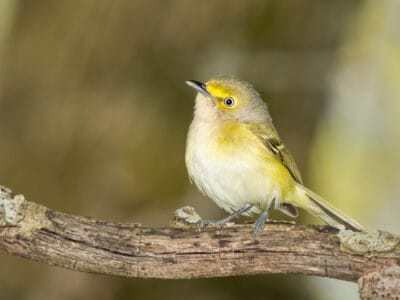
White-Eyed Vireo
During courtship, males put on exciting displays by fluffing their plumage, spreading their tails, and letting out a whining call.
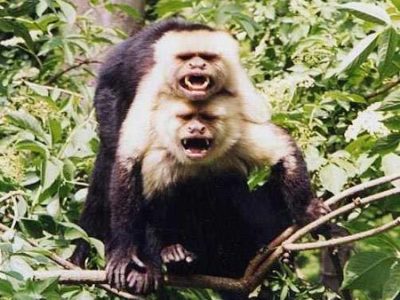
White-Faced Capuchin
One of the world's most intelligent monkeys!
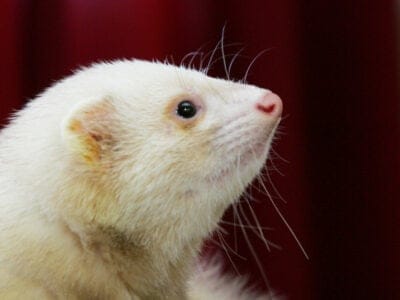
White Ferret / Albino Ferrets
There are two different types of white ferrets!
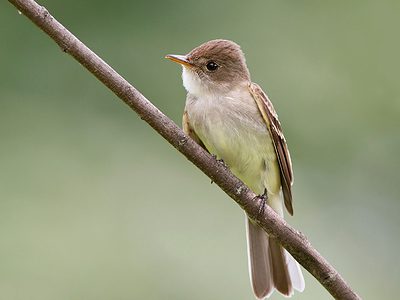
Willow Flycatcher
These birds live in the understory and are named for their propensity for flitting between willows and shrubs.
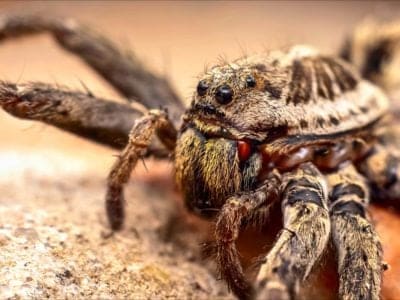
Wolf Spider
Carnivorous arachnid that hunts its prey.
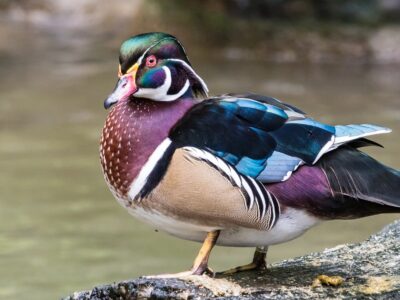
Wood Duck
Adult male wood ducks sport a striking red eye and bill year-round!
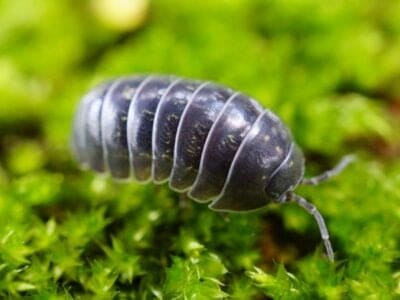
Woodlouse
This animal can roll up into a ball
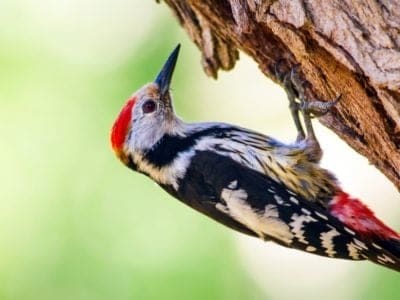
Woodpecker
There are 200 different species!
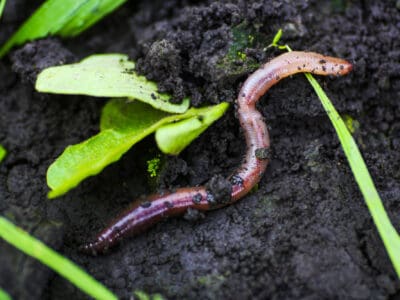
Worm
Doesn’t have eyes.
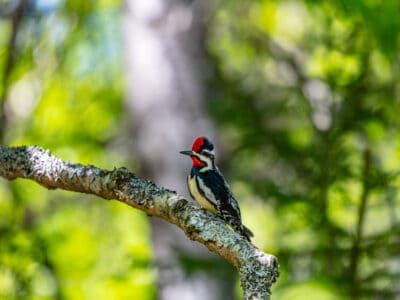
Yellow Bellied Sapsucker
The males are responsible for choosing the nesting tree most of the time. Luckily, cavity nests are often reused for multiple breeding seasons (up to 7 years.)
Cuban Animals List
- Acadian Flycatcher
- Admiral Butterfly
- Agouti
- Amazon Parrot
- American Eel
- Anole Lizard
- Ant
- Armadillo
- Armyworm
- Barn Owl
- Barn Swallow
- Bat
- Bear
- Bed Bugs
- Bee
- Beetle
- Bird
- Biscuit Beetle
- Black and White Warbler
- Black Widow Spider
- Blind Snake
- Blue Gray Gnatcatcher
- Blue Tang
- Booby
- Brazilian Treehopper
- Brown Dog Tick
- Brown Headed Cowbird
- Burrowing Owl
- Butterfly
- Caecilian
- Caiman
- Camel Cricket
- Carpenter Ant
- Cat
- Caterpillar
- Catfish
- Cedar Waxwing
- Centipede
- Chestnut-Sided Warbler
- Chicken
- Cockroach
- Codling Moth
- Collared Peccary
- Common Furniture Beetle
- Common House Spider
- Common Yellowthroat
- Cormorant
- Cow
- Crab
- Crab Spider
- Cricket
- Crocodile
- Crocodylomorph
- Crow
- Cuban Boa
- Cuban Cockroach
- Cuckoo
- Dog
- Dog Tick
- Donkey
- Dragonfly
- Dubia Cockroach
- Duck
- Dung Beetle
- Dwarf Boa
- Earthworm
- Earwig
- Eastern Meadowlark
- Eel
- Falcon
- False Widow Spider
- Fiddler Crab
- Firefly
- Flamingo
- Flea
- Fly
- Flying Squirrel
- Frog
- Fruit Fly
- Fulvous Whistling Duck
- Gar
- Gecko
- German Cockroach
- Glowworm
- Gnat
- Grasshopper
- Gray Catbird
- Great Blue Heron
- Great Crested Flycatcher
- Guppy
- Hamster
- Hare
- Harpy Eagle
- Harris’s Hawk
- Havanese
- Hawk Moth Caterpillar
- Hercules Beetle
- Heron
- Herring Gull
- Honey Bee
- Horse
- Horsefly
- House wren
- Housefly
- Human
- Hummingbird
- Huntsman Spider
- Ibis
- Iguana
- Insects
- Ivory-billed woodpecker
- Jacana
- Jack Crevalle
- Jumping Spider
- Kentucky Warbler
- Killdeer
- Kingfisher
- Knight Anole
- Ladybug
- Leech
- Lesser Scaup
- Lizard
- Locust
- Lone Star Tick
- Macaw
- Maggot
- Magnolia Warbler
- Marine Toad
- Mayfly
- Mealybug
- Mexican Free-Tailed Bat
- Millipede
- Mockingbird
- Mole
- Mole Cricket
- Molly
- Monarch Butterfly
- Mongrel
- Monkey
- Monte Iberia Eleuth
- Moorhen
- Mosquito
- Moth
- Mountain Lion
- Mourning Warbler
- Mouse
- Mule
- Nematode
- No See Ums
- Northern Bobwhite
- Northern Flicker
- Northern Harrier
- Northern Parula
- Northern Pintail
- Ocelot
- Orb Weaver
- Osprey
- Otter
- Owl
- Ox
- Painted Bunting
- Panther
- Parrot
- Peregrine Falcon
- Pheasant
- Pigeon
- Pit Viper
- Poison Dart Frog
- Pompano Fish
- Porcupine
- Praying Mantis
- Puma
- Quail
- Quetzal
- Rat
- Rattlesnake
- Red-winged blackbird
- Ring-billed Gull
- River Turtle
- Rodents
- Rooster
- Roseate Spoonbill
- Ruby-Throated Hummingbird
- Ruddy Duck
- Saber-Toothed Tiger
- Sable Ferret
- Salamander
- Sand Crab
- Sandhill Crane
- Scorpion
- Sea Eagle
- Seahorse
- Sharp-Shinned Hawk
- Sheep
- Short-Eared Owl
- Shrew
- Shrimp
- Skink Lizard
- Sloth
- Slug
- Smokybrown Cockroach
- Snail
- Snake
- Sparrow
- Spider Wasp
- Squirrel
- Stick Insect
- Summer Tanager
- Swallowtail Butterfly
- Swan
- Tarantula Hawk
- Termite
- Thrush
- Tick
- Tiger Beetle
- Tortoise
- Toucan
- Tree Frog
- Turkey
- Turtles
- Umbrellabird
- Vampire Bat
- Veery
- Vinegaroon
- Vulture
- Wasp
- Western Kingbird
- Western Tanager
- Whiptail Lizard
- White-Crowned Sparrow
- White-Eyed Vireo
- White-Faced Capuchin
- White Ferret / Albino Ferrets
- Willow Flycatcher
- Wolf Spider
- Wood Duck
- Woodlouse
- Woodpecker
- Worm
- Yellow Bellied Sapsucker
Cuba FAQs (Frequently Asked Questions)
What animals live in Cuba?
Cuba is home to over 17,000 species of animals, including the Cuban hutia, the bee hummingbird, the Cuban land crab, the Cuban ground iguana, and the Cuban crocodile.
What is the most dangerous animal in Cuba?
Cuba has no truly dangerous animals, but Medusa jellyfish, crocodiles, and sharks are some to look out for.
What is the state animal of Cuba?
Cuba has two state animals in the Cuban hutia and the Cuban tocororo bird.
Are there monkeys in Cuba?
Cuba also used to be home to native monkey species, but there are no longer any native monkey species in Cuba.
Does Cuba have sloths?
Cuba was once home to giant ground sloths, but it no longer has any sloth species.



